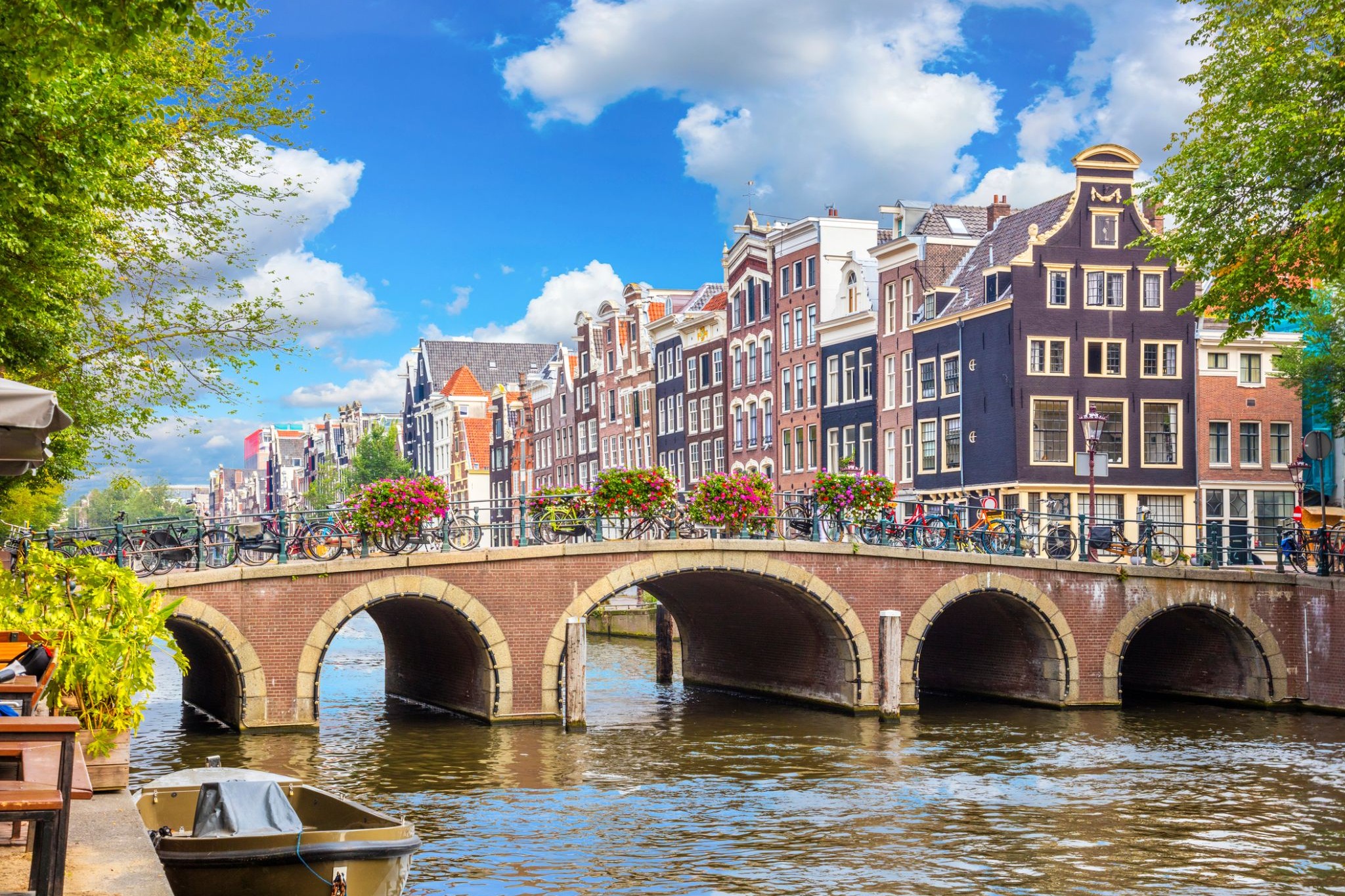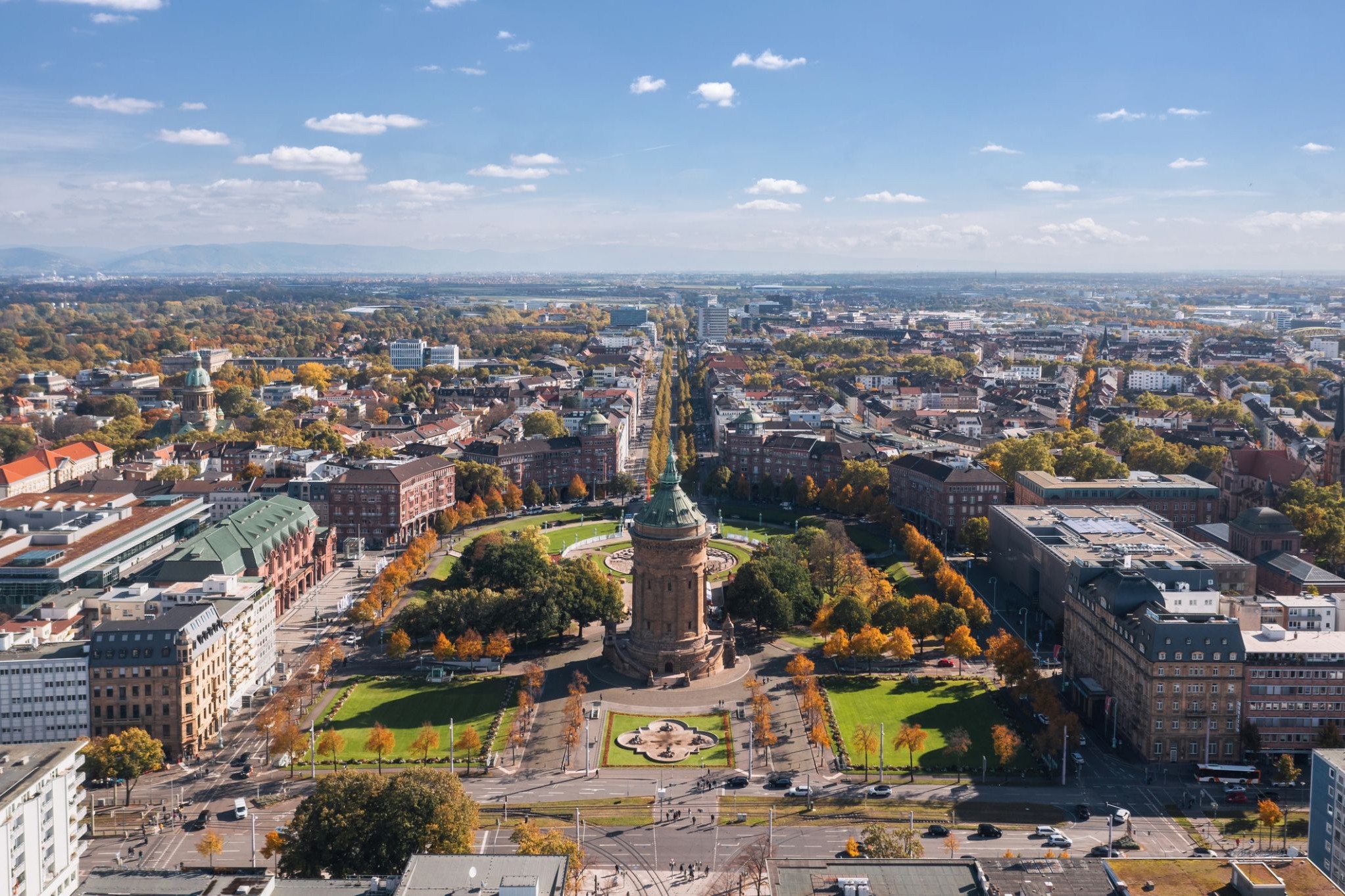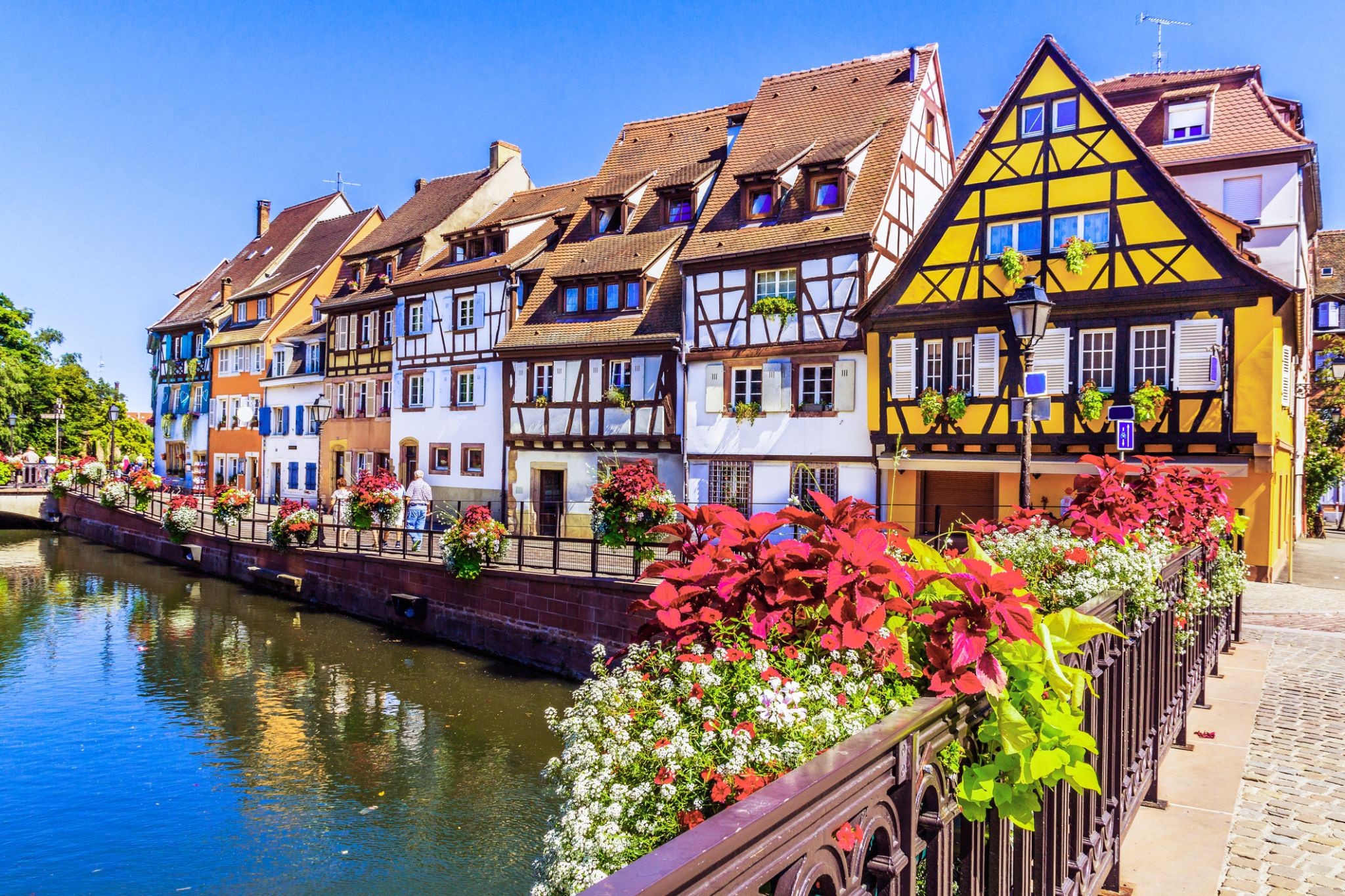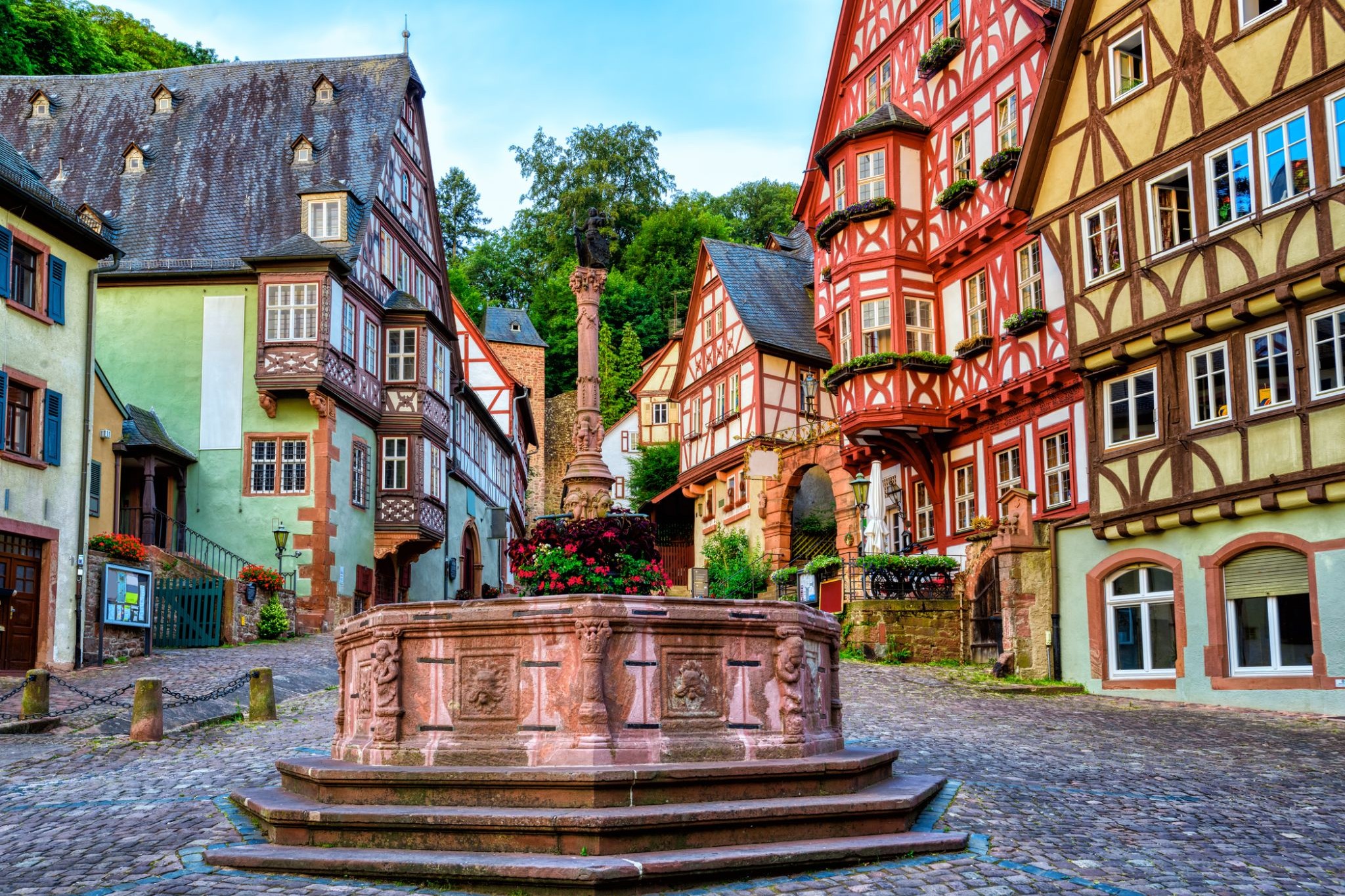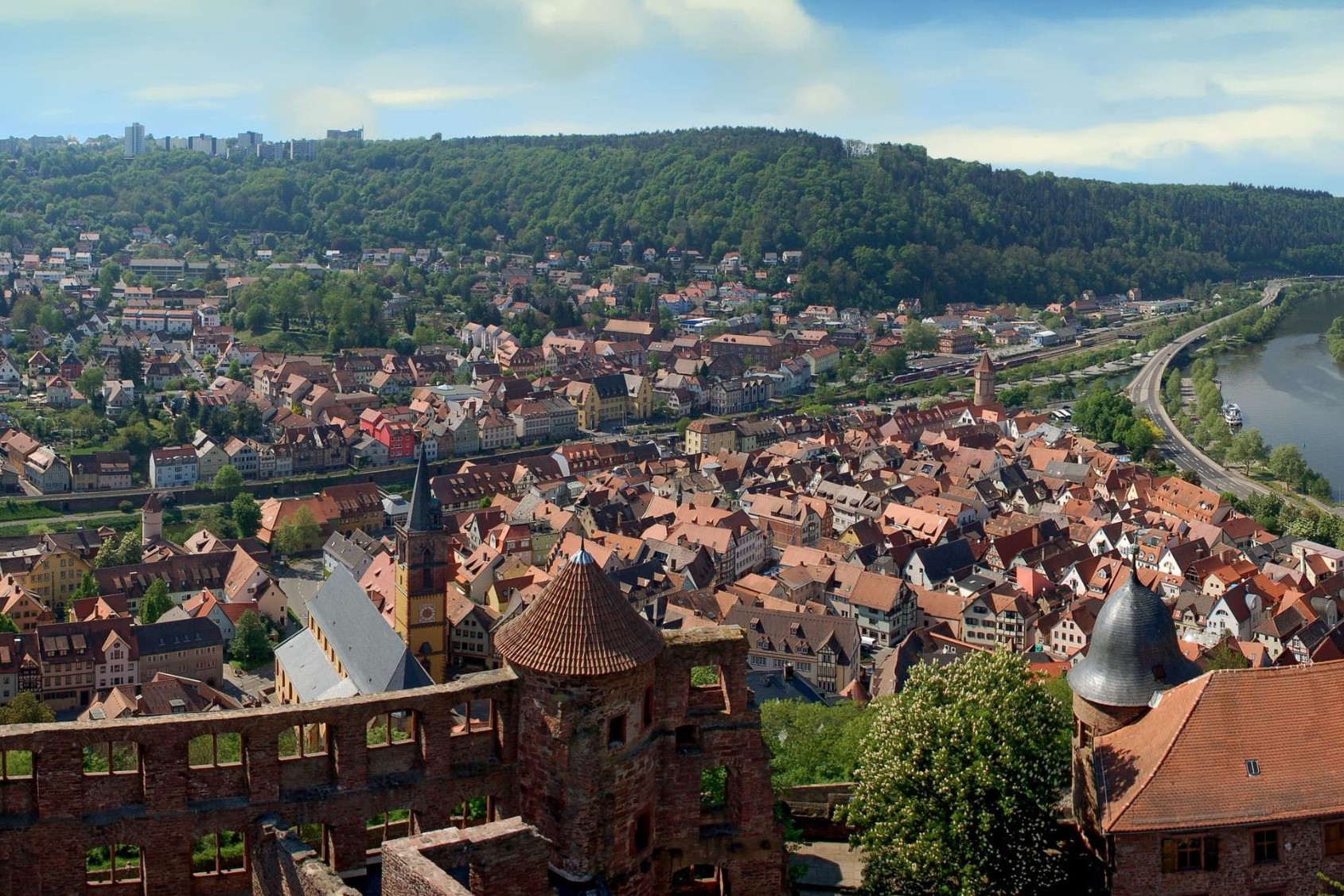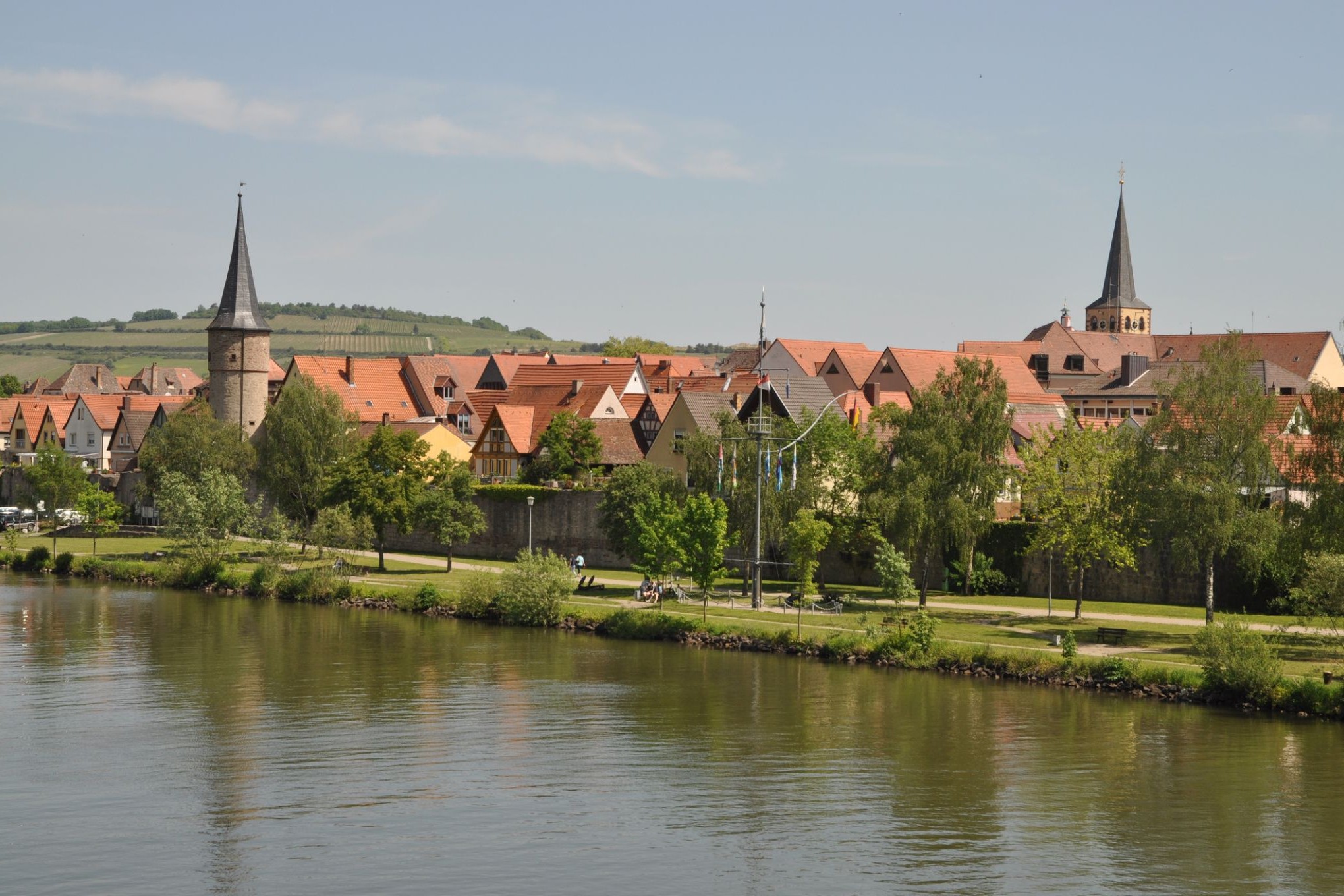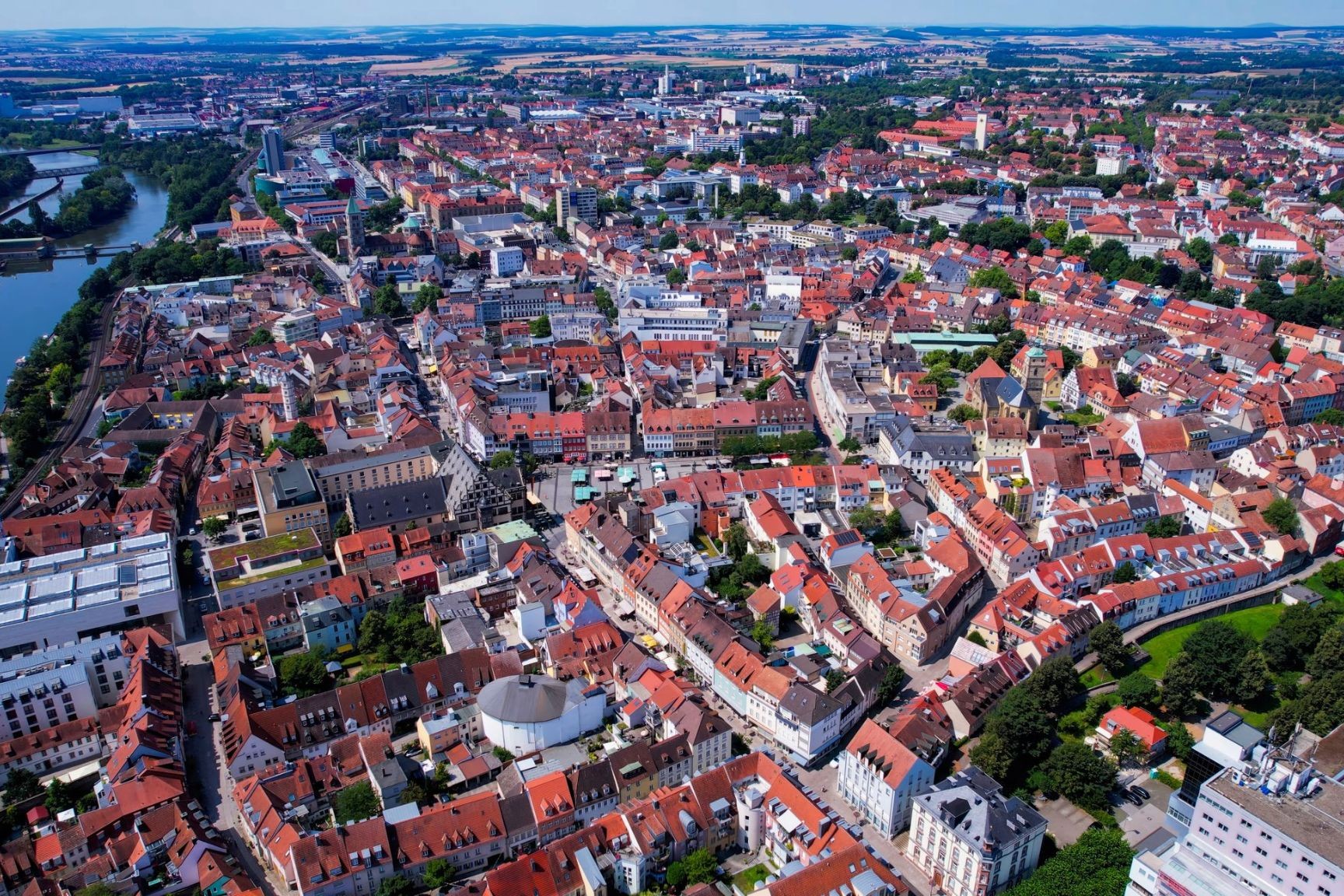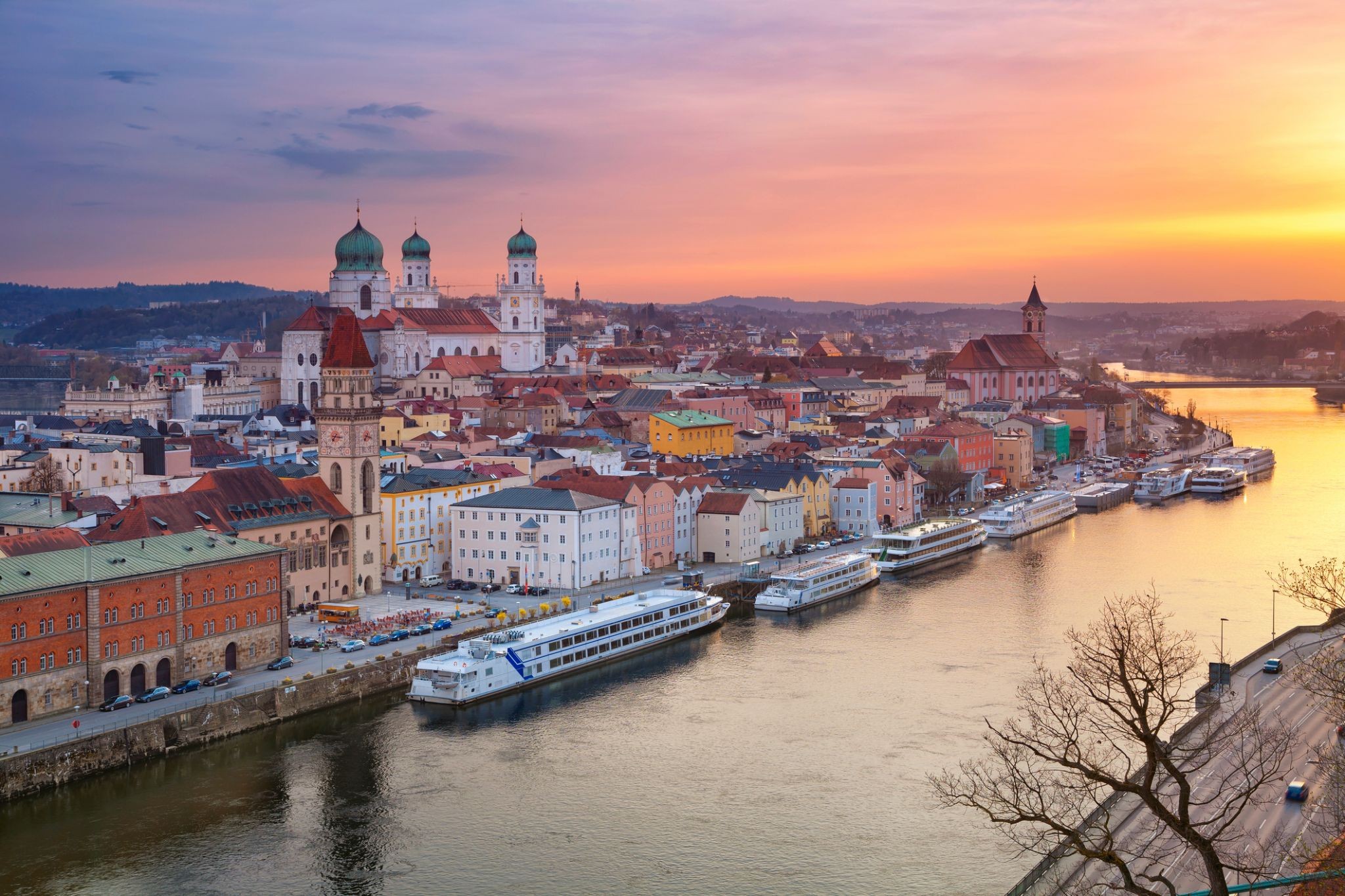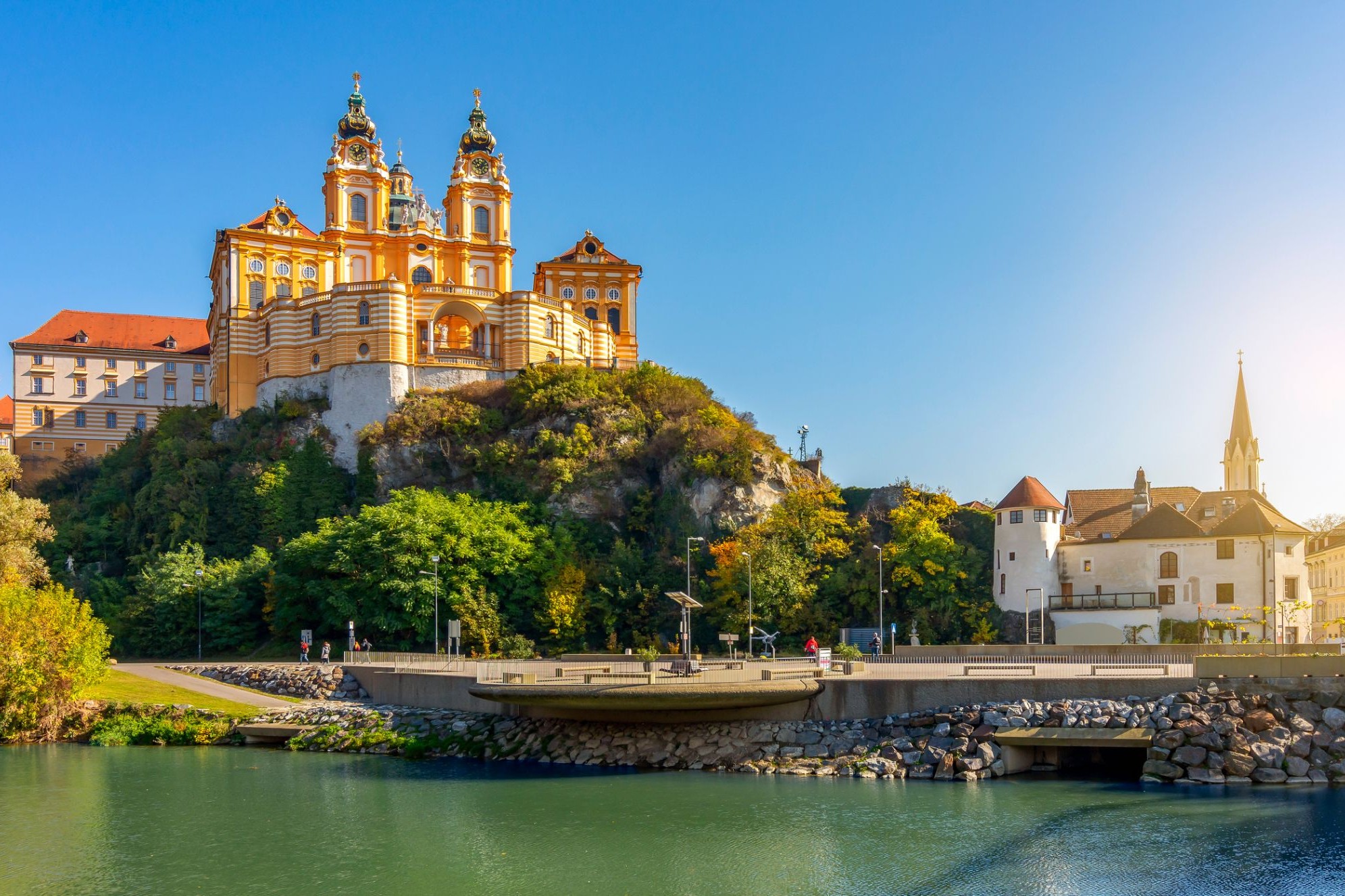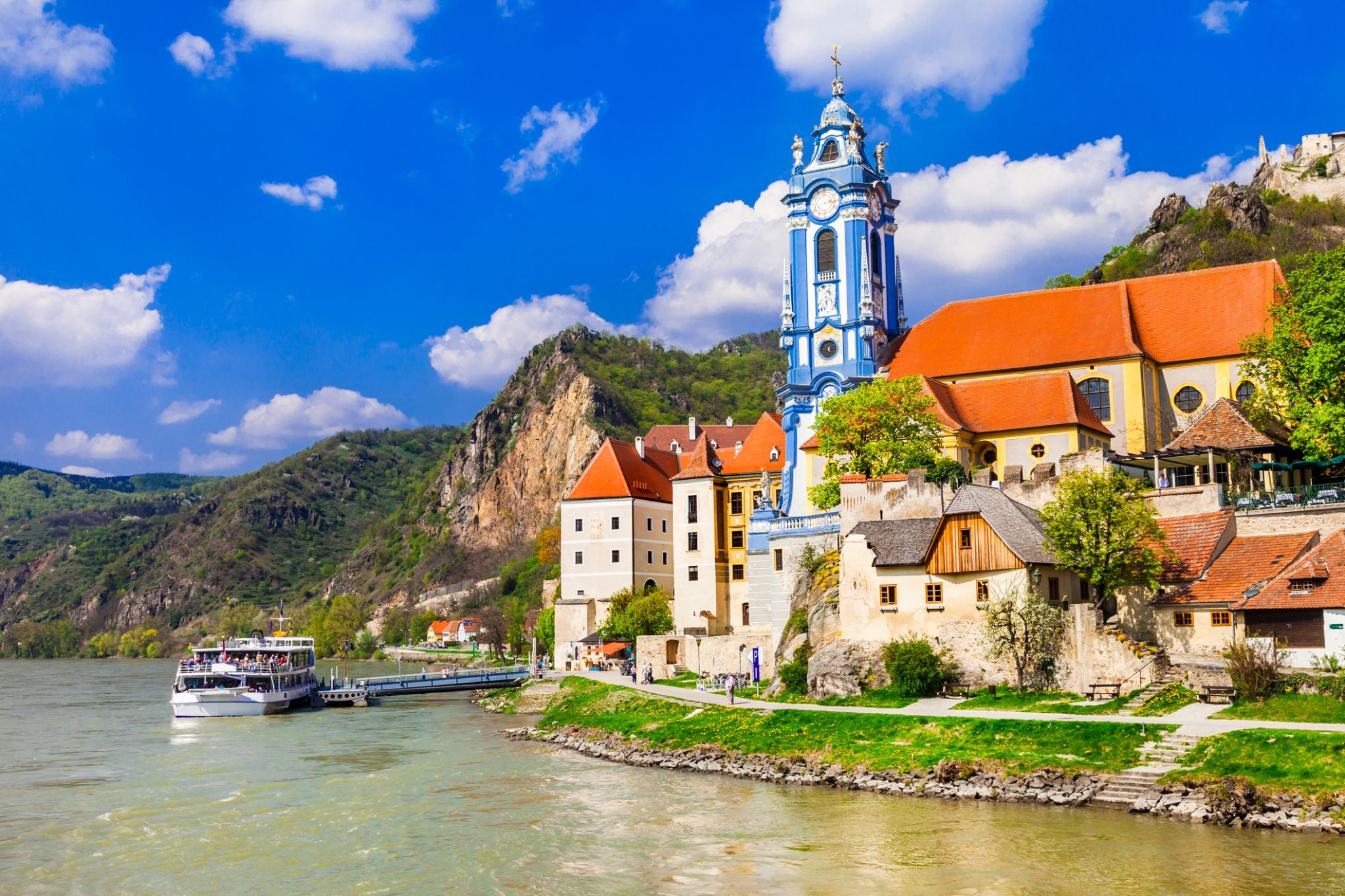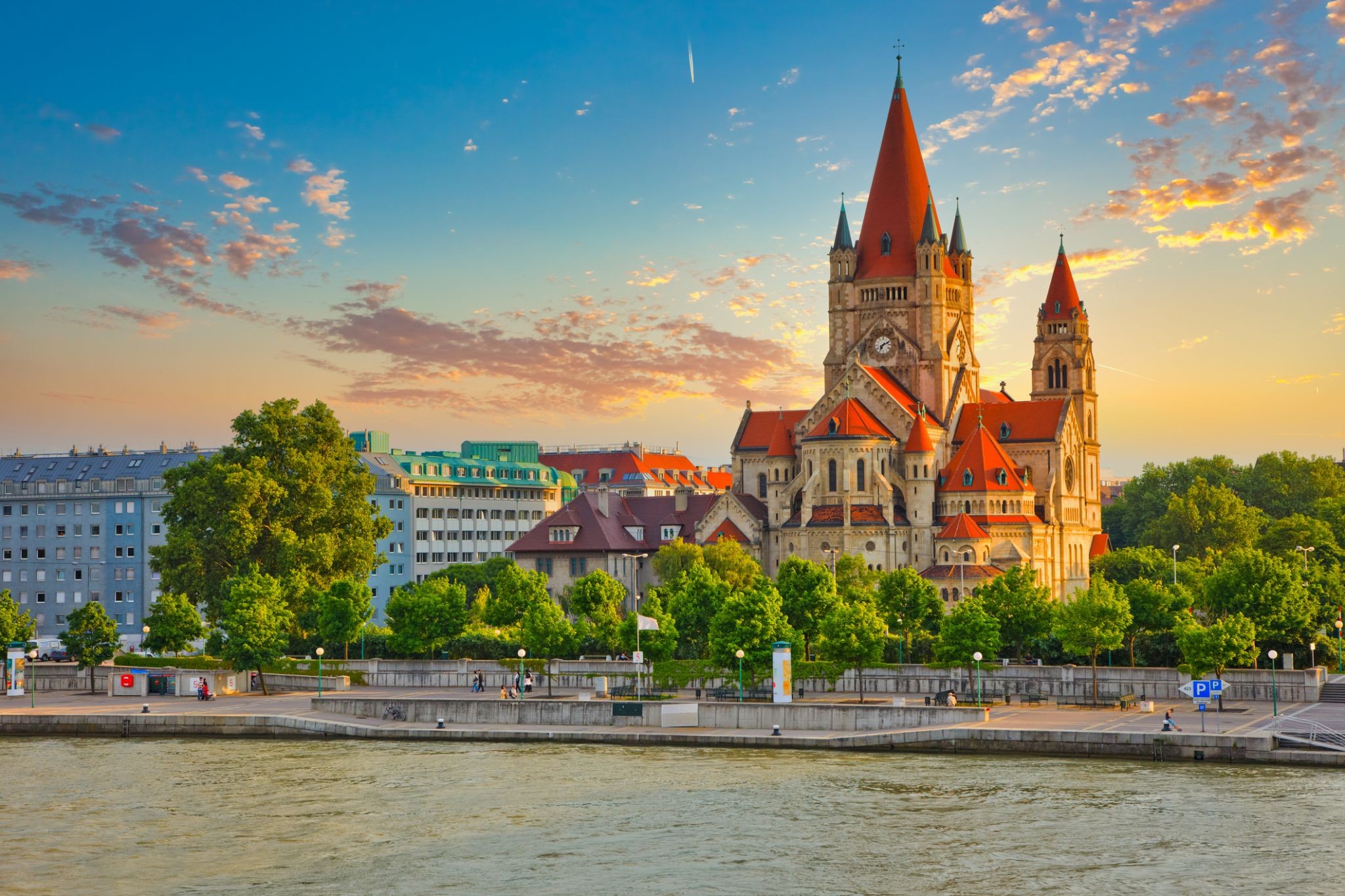Rejs 30 937 707
Niestety ten rejs jest chwilowo niedostępny.
Rejs po Europie z Amsterdamu do Budapesztu (rejs z portu do portu)
| Region rejsu : Europa, Północna Europa |
| Firma : Croisi Europe |
| Statek : MS L'Europe |
| Data rozpoczęcia : wt. 28 kwi 2026 |
| Data zakończenia : sob. 16 maj 2026 |
| Liczba nocy : 18 nocy |
Harmonogram
| Dzień | Data | Port | Wypłynięcie | Odpłynięcie |
|---|---|---|---|---|
| 1 | 28.04 wt. | Amsterdam / Holandia | 18:00 | |
| 2 | 29.04 śr. | Amsterdam / Holandia | 19:00 | |
| 3 | 30.04 czw. | Neymegen / Holandia | 06:00 | 13:00 |
| 3 | 30.04 czw. | Krefeld / Niemcy | 22:30 | |
| 4 | 1.05 pt. | Krefeld / Niemcy | 05:00 | |
| 4 | 1.05 pt. | Koln / Niemcy | 14:00 | 22:00 |
| 5 | 2.05 sob. | Rüdesheim / Niemcy | 14:30 | |
| 6 | 3.05 niedz. | Rüdesheim / Niemcy | 04:00 | |
| 6 | 3.05 niedz. | Mannheim / Niemcy | 12:00 | 18:00 |
| 7 | 4.05 pon. | Strasburg / Francja | 09:00 | 20:00 |
| 8 | 5.05 wt. | Moguncja / Niemcy | 08:00 | 11:00 |
| 8 | 5.05 wt. | Frankfurt nad Menem / Niemcy | 15:00 | 21:00 |
| 9 | 6.05 śr. | Miltenberg / Niemcy | 08:00 | 12:00 |
| 9 | 6.05 śr. | Wertheim am Main / Niemcy | 16:00 | |
| 10 | 7.05 czw. | Wertheim am Main / Niemcy | 04:30 | |
| 10 | 7.05 czw. | Karlstadt / Niemcy | 13:00 | 13:30 |
| 10 | 7.05 czw. | Würzburg / Niemcy | 17:00 | 17:30 |
| 11 | 8.05 pt. | Schweinfurt / Niemcy | 07:00 | 13:00 |
| 11 | 8.05 pt. | Bamberg / Niemcy | 21:00 | |
| 12 | 9.05 sob. | Bamberg / Niemcy | 02:00 | |
| 12 | 9.05 sob. | Norymberga / Niemcy | 13:00 | 17:00 |
| 12 | 9.05 sob. | Mühlhausen / Niemcy | 23:00 | |
| 13 | 10.05 niedz. | Mühlhausen / Niemcy | 05:30 | |
| 13 | 10.05 niedz. | Kelheim / Niemcy | 13:00 | 13:30 |
| 13 | 10.05 niedz. | Ratyzbona / Niemcy | 17:00 | 23:00 |
| 14 | 11.05 pon. | Passau / Niemcy | 10:00 | 16:00 |
| 15 | 12.05 wt. | Melk / Austria | 10:00 | 04:00 |
| 15 | 12.05 wt. | Dürnstein / Austria | 15:30 | 13:30 |
| 15 | 12.05 wt. | Żyła / Austria | 20:30 | |
| 16 | 13.05 śr. | Żyła / Austria | 18:30 | |
| 17 | 14.05 czw. | Esther / Węgry | 06:00 | 12:00 |
| 17 | 14.05 czw. | Budapeszt / Węgry | 16:00 | |
| 18 | 15.05 pt. | Budapeszt / Węgry | ||
| 19 | 16.05 sob. | Budapeszt / Węgry | 09:00 |
All inclusive on board
THE CROISIEUROPE DIFFERENCE
All meals included - DRINKS INCLUDED with meals and at the bar
Refined French cuisine - Gala dinner and evening - Welcome cocktail
Free Wi-Fi onboard
Headsets are included for excursions
Official welcome from the captain and crew
Onboard activities
Travel assistance and repatriation insurance
All port fees included
-
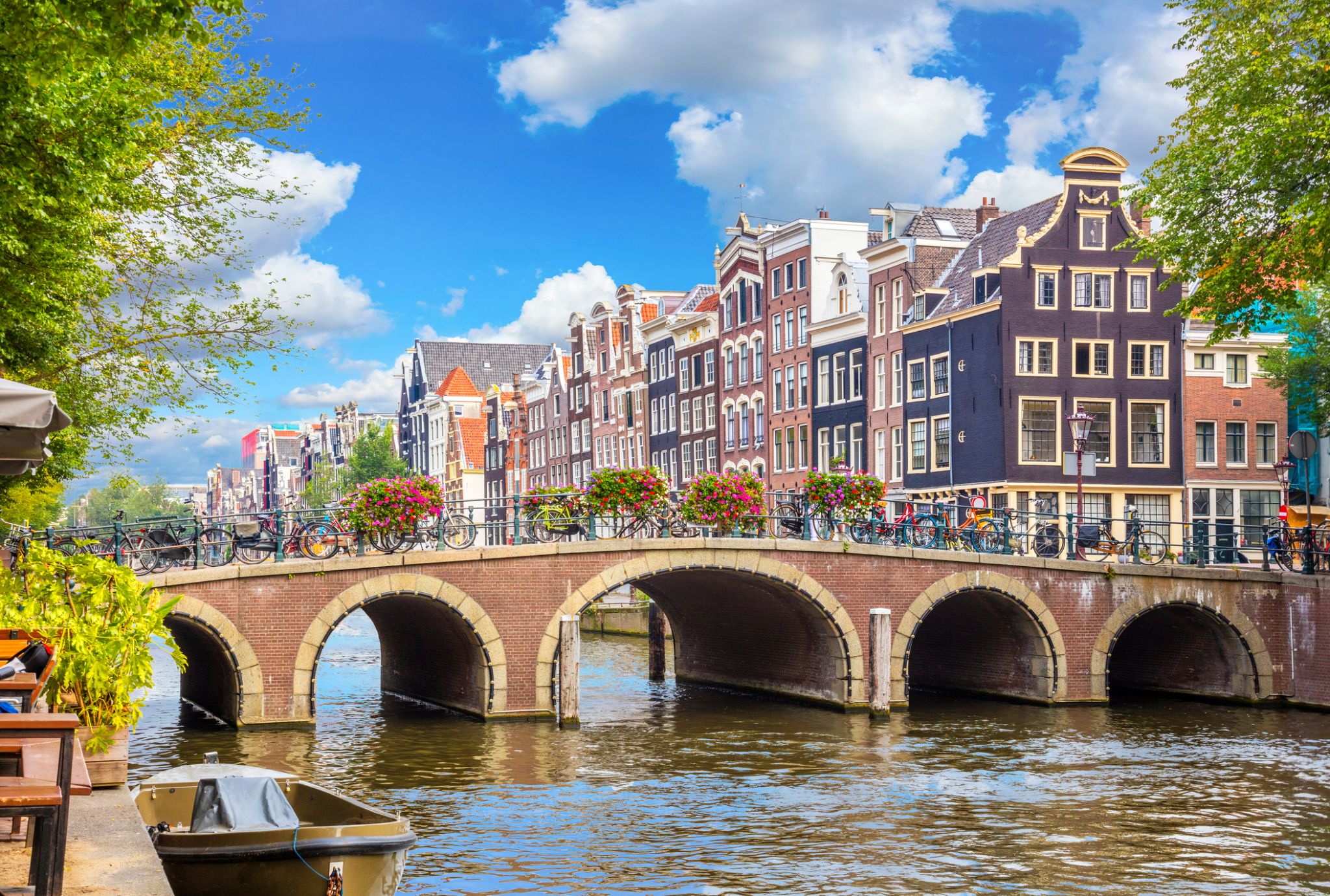 Dzień 1: 18:00
Dzień 1: 18:00Amsterdam / Holandia
Amsterdam is the capital city and most populous municipality of the Netherlands. Its status as the capital is mandated by the Constitution of the Netherlands, although it is not the seat of the government, which is The Hague. Amsterdam has a population of 851,373 within the city proper, 1,351,587 in the urban area] and 2,410,960 in the metropolitan area. The city is located in the province of North Holland in the west of the country but is not its capital, which is Haarlem. The metropolitan area comprises much of the northern part of the Randstad, one of the larger conurbations in Europe, with a population of approximately 8 million.
-
 Dzień 2: 19:00
Dzień 2: 19:00Amsterdam / Holandia
Amsterdam is the capital city and most populous municipality of the Netherlands. Its status as the capital is mandated by the Constitution of the Netherlands, although it is not the seat of the government, which is The Hague. Amsterdam has a population of 851,373 within the city proper, 1,351,587 in the urban area] and 2,410,960 in the metropolitan area. The city is located in the province of North Holland in the west of the country but is not its capital, which is Haarlem. The metropolitan area comprises much of the northern part of the Randstad, one of the larger conurbations in Europe, with a population of approximately 8 million.
-
 Dzień 3: 06:00-13:00
Dzień 3: 06:00-13:00Neymegen / Holandia
Na południowym brzegu rzeki Waal znajduje się miasto Nijmegen, duże centrum przemysłowe, w którym szczególnie rozwinięte są produkcja cegieł, przemysł chemiczny, wyroby tytoniowe i urządzenia elektryczne. Jedną z najbardziej interesujących budowli jest konstrukcja w kształcie wieloryba nad brzegiem Waal – to centrum zarządzania ruchem rzecznym, ponieważ Nijmegen pełni także funkcję portu rzecznego. W pobliżu znajduje się rzeźba fikcyjnej bohaterki Mariken van Nijmegen, która stała się symboliczną postacią miasta.
W Nijmegen mieści się również wyjątkowe Narodowe Muzeum Rowerów "Velorama". Co ciekawe, to jedyne tego typu muzeum w Holandii, mimo ogromnej popularności rowerów w tym kraju. Ekspozycje ukazują piękno i różnorodność transportu rowerowego. Obecnie kolekcja muzeum liczy ponad 500 egzemplarzy.
-
 Dzień 3: 22:30
Dzień 3: 22:30Krefeld / Niemcy
Krefeld znajduje się w zachodnich Niemczech, niedaleko Düsseldorfu, i jest znany jako ośrodek przemysłu tekstylnego z bogatą historią. W przeszłości miasto zyskało przydomek "miasto aksamitu i jedwabiu" dzięki produkcji wysokiej jakości tkanin, która uczyniła je ważnym centrum przemysłowym. Historyczne centrum zachowuje ślady architektury mieszczańskiej, a liczne wille z końca XIX wieku przypominają o czasach świetności. Warto odwiedzić muzeum Haus der Seidenkultur, które prezentuje tekstylne dziedzictwo regionu.
Krefeld oferuje także wiele możliwości spacerów i relaksu. Miasto otaczają zielone parki, a na jego obrzeżach znajduje się zamek Linn, jeden z najlepiej zachowanych zamków w Nadrenii. Zamek jest otwarty dla zwiedzających i oferuje wystawy dotyczące lokalnej historii. Turyści powinni również zajrzeć do lokalnych kawiarni, aby spróbować niemieckiej kuchni i wziąć udział w wydarzeniach kulturalnych organizowanych przez cały rok.
-
 Dzień 4: 05:00
Dzień 4: 05:00Krefeld / Niemcy
Krefeld znajduje się w zachodnich Niemczech, niedaleko Düsseldorfu, i jest znany jako ośrodek przemysłu tekstylnego z bogatą historią. W przeszłości miasto zyskało przydomek "miasto aksamitu i jedwabiu" dzięki produkcji wysokiej jakości tkanin, która uczyniła je ważnym centrum przemysłowym. Historyczne centrum zachowuje ślady architektury mieszczańskiej, a liczne wille z końca XIX wieku przypominają o czasach świetności. Warto odwiedzić muzeum Haus der Seidenkultur, które prezentuje tekstylne dziedzictwo regionu.
Krefeld oferuje także wiele możliwości spacerów i relaksu. Miasto otaczają zielone parki, a na jego obrzeżach znajduje się zamek Linn, jeden z najlepiej zachowanych zamków w Nadrenii. Zamek jest otwarty dla zwiedzających i oferuje wystawy dotyczące lokalnej historii. Turyści powinni również zajrzeć do lokalnych kawiarni, aby spróbować niemieckiej kuchni i wziąć udział w wydarzeniach kulturalnych organizowanych przez cały rok.
-
 Dzień 4: 14:00-22:00
Dzień 4: 14:00-22:00Koln / Niemcy
Cologne is the largest city of Germany's most populous federal state of North Rhine-Westphalia, and its 1 million+ (2016) inhabitants make it the fourth most populous city in Germany after Berlin, Hamburg, and Munich. The largest city on the Rhine, it is also the most populous city both of the Rhine-Ruhr Metropolitan Region, which is Germany's largest and one of Europe's major metropolitan areas, and of the Rhineland. Centred on the left bank of the Rhine, Cologne is about 45 kilometres (28 mi) southeast of North Rhine-Westphalia's capital of Düsseldorf and 25 kilometres (16 mi) northwest of Bonn. It is the largest city in the Central Franconian and Ripuarian dialect areas.
The city's famous Cologne Cathedral (Kölner Dom) is the seat of the Catholic Archbishop of Cologne. There are many institutions of higher education in the city, most notably the University of Cologne (Universität zu Köln), one of Europe's oldest and largest universities, the Technical University of Cologne (Technische Hochschule Köln), Germany's largest university of applied sciences, and the German Sport University Cologne (Deutsche Sporthochschule Köln), Germany's only sport university. Cologne Bonn Airport (Flughafen Köln/Bonn) is Germany's seventh-largest airport and lies in the southeast of the city. The main airport for the Rhine-Ruhr region is Düsseldorf Airport.
-
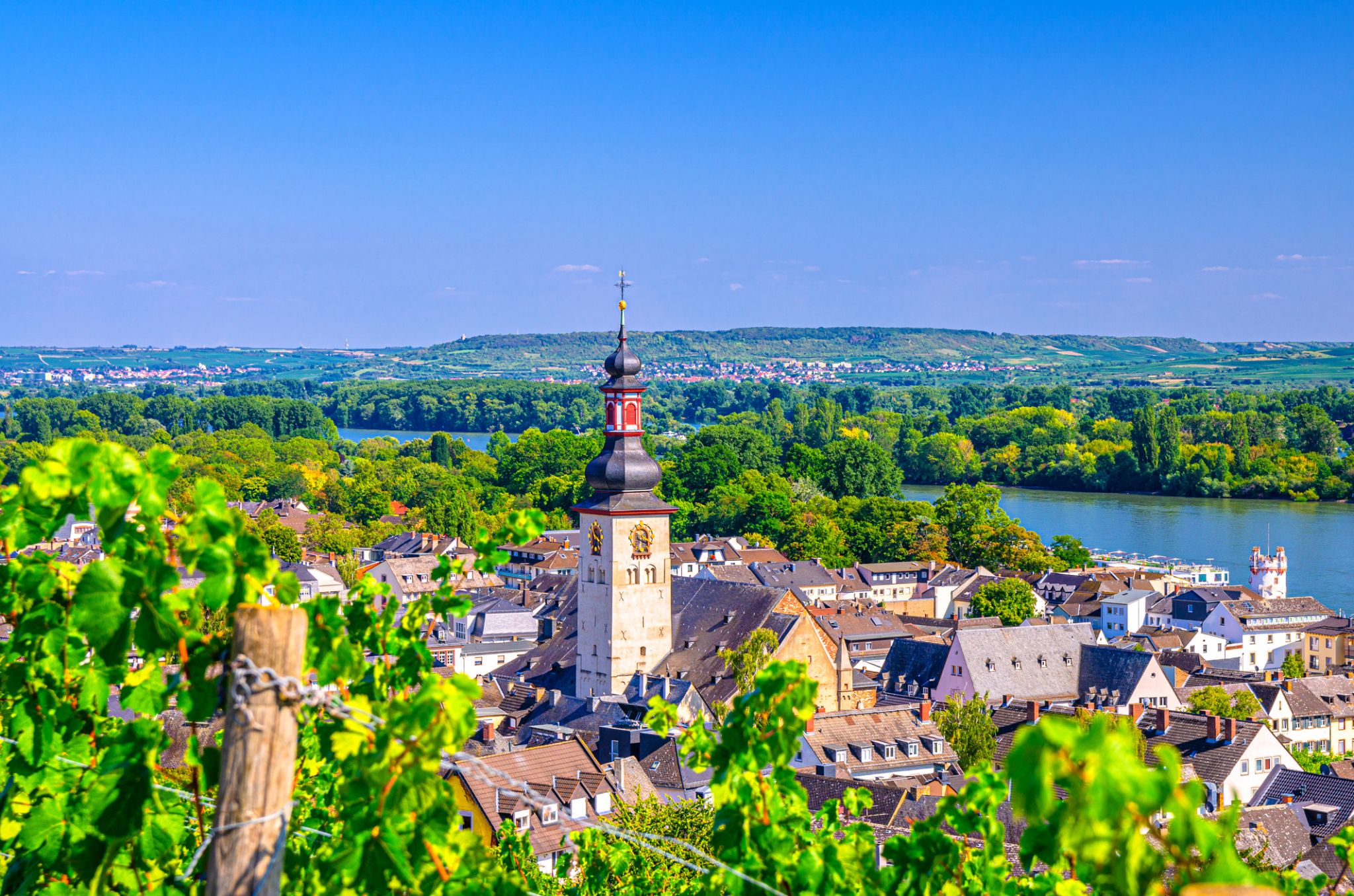 Dzień 5: 14:30
Dzień 5: 14:30Rüdesheim / Niemcy
-
 Dzień 6: 04:00
Dzień 6: 04:00Rüdesheim / Niemcy
-
 Dzień 6: 12:00-18:00
Dzień 6: 12:00-18:00Mannheim / Niemcy
-
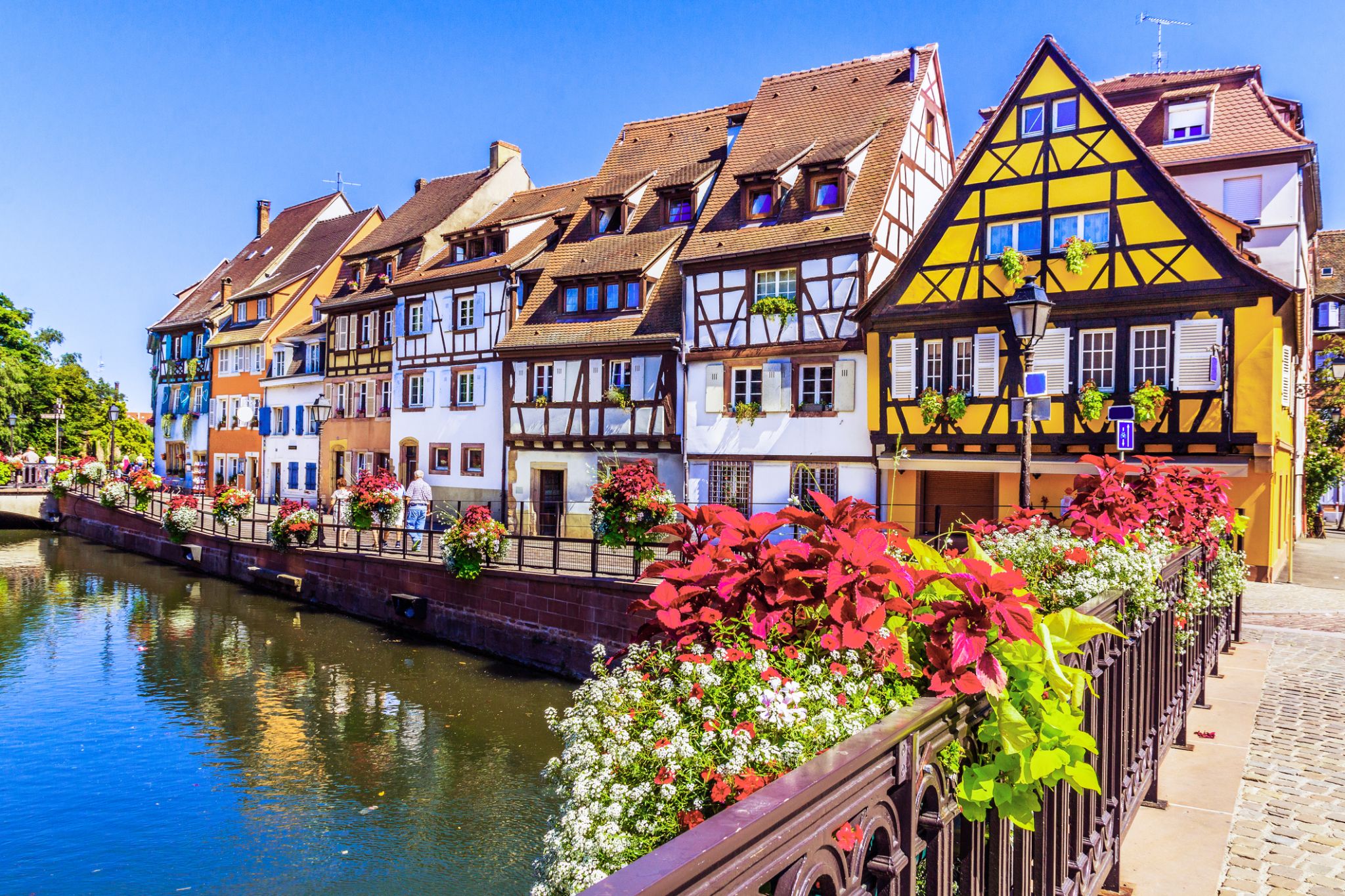 Dzień 7: 09:00-20:00
Dzień 7: 09:00-20:00Strasburg / Francja
-
 Dzień 8: 08:00-11:00
Dzień 8: 08:00-11:00Moguncja / Niemcy
-
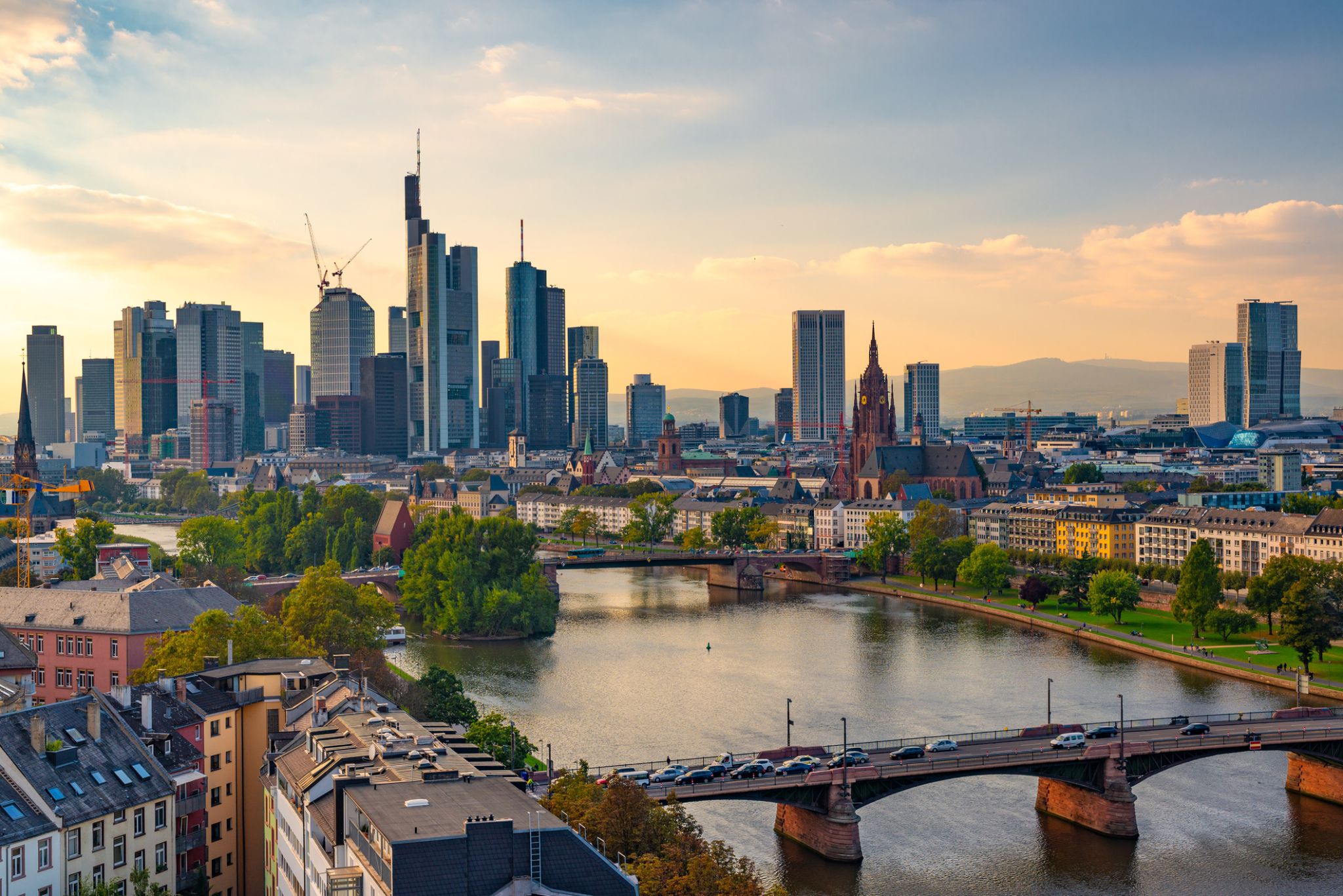 Dzień 8: 15:00-21:00
Dzień 8: 15:00-21:00Frankfurt nad Menem / Niemcy
-
 Dzień 9: 08:00-12:00
Dzień 9: 08:00-12:00Miltenberg / Niemcy
-
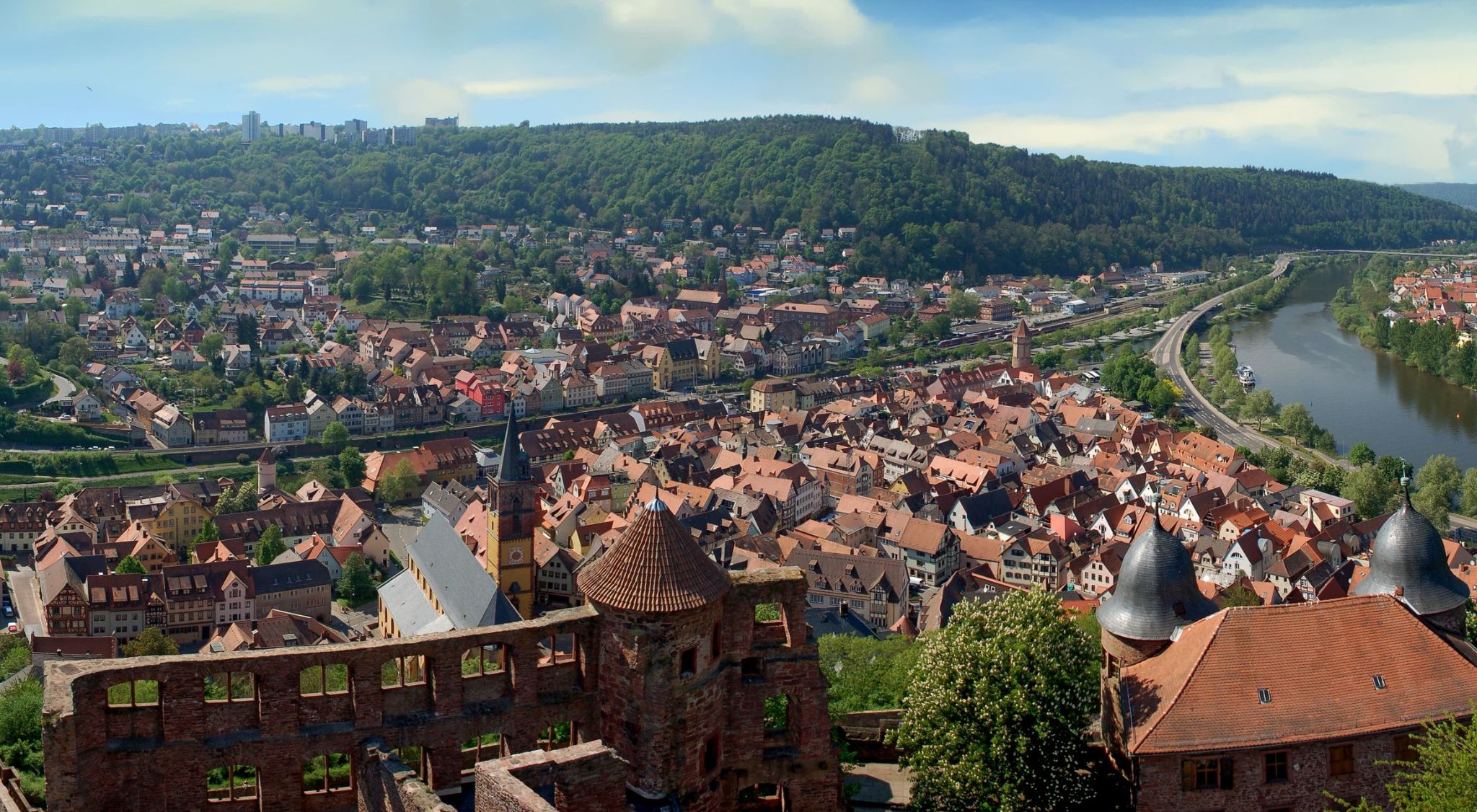 Dzień 9: 16:00
Dzień 9: 16:00Wertheim am Main / Niemcy
Ukryte w sercu malowniczej doliny rzeki Men, Wertheim am Main to miasto, które zachwyca swoją historyczną atmosferą i naturalnym pięknem. W jego starym mieście czekają na ciebie wąskie brukowane uliczki, domy w stylu północno-niemieckiego szkieletu oraz przytulne kawiarnie, w których możesz delektować się filiżanką kawy, obserwując wolno płynącą rzekę. Miasto jest idealnym miejscem dla tych, którzy szukają harmonii między historią a naturą.
Ponadto Wertheim am Main słynie ze swojego zamku, który wznosi się na wzgórzu i oferuje zapierający dech w piersiach widok na okoliczne krajobrazy. Historyczne centrum, znane z tradycji rzemieślniczych, a także Muzeum Szkła i outlet Wertheim Village sprawiają, że miasto to jest doskonałym miejscem na turystykę kulturalną i zakupy. Nie przegap okazji, aby odkryć to urokliwe miejsce, które przyciąga turystów atmosferą spokoju i przytulności.
-
 Dzień 10: 04:30
Dzień 10: 04:30Wertheim am Main / Niemcy
Ukryte w sercu malowniczej doliny rzeki Men, Wertheim am Main to miasto, które zachwyca swoją historyczną atmosferą i naturalnym pięknem. W jego starym mieście czekają na ciebie wąskie brukowane uliczki, domy w stylu północno-niemieckiego szkieletu oraz przytulne kawiarnie, w których możesz delektować się filiżanką kawy, obserwując wolno płynącą rzekę. Miasto jest idealnym miejscem dla tych, którzy szukają harmonii między historią a naturą.
Ponadto Wertheim am Main słynie ze swojego zamku, który wznosi się na wzgórzu i oferuje zapierający dech w piersiach widok na okoliczne krajobrazy. Historyczne centrum, znane z tradycji rzemieślniczych, a także Muzeum Szkła i outlet Wertheim Village sprawiają, że miasto to jest doskonałym miejscem na turystykę kulturalną i zakupy. Nie przegap okazji, aby odkryć to urokliwe miejsce, które przyciąga turystów atmosferą spokoju i przytulności.
-
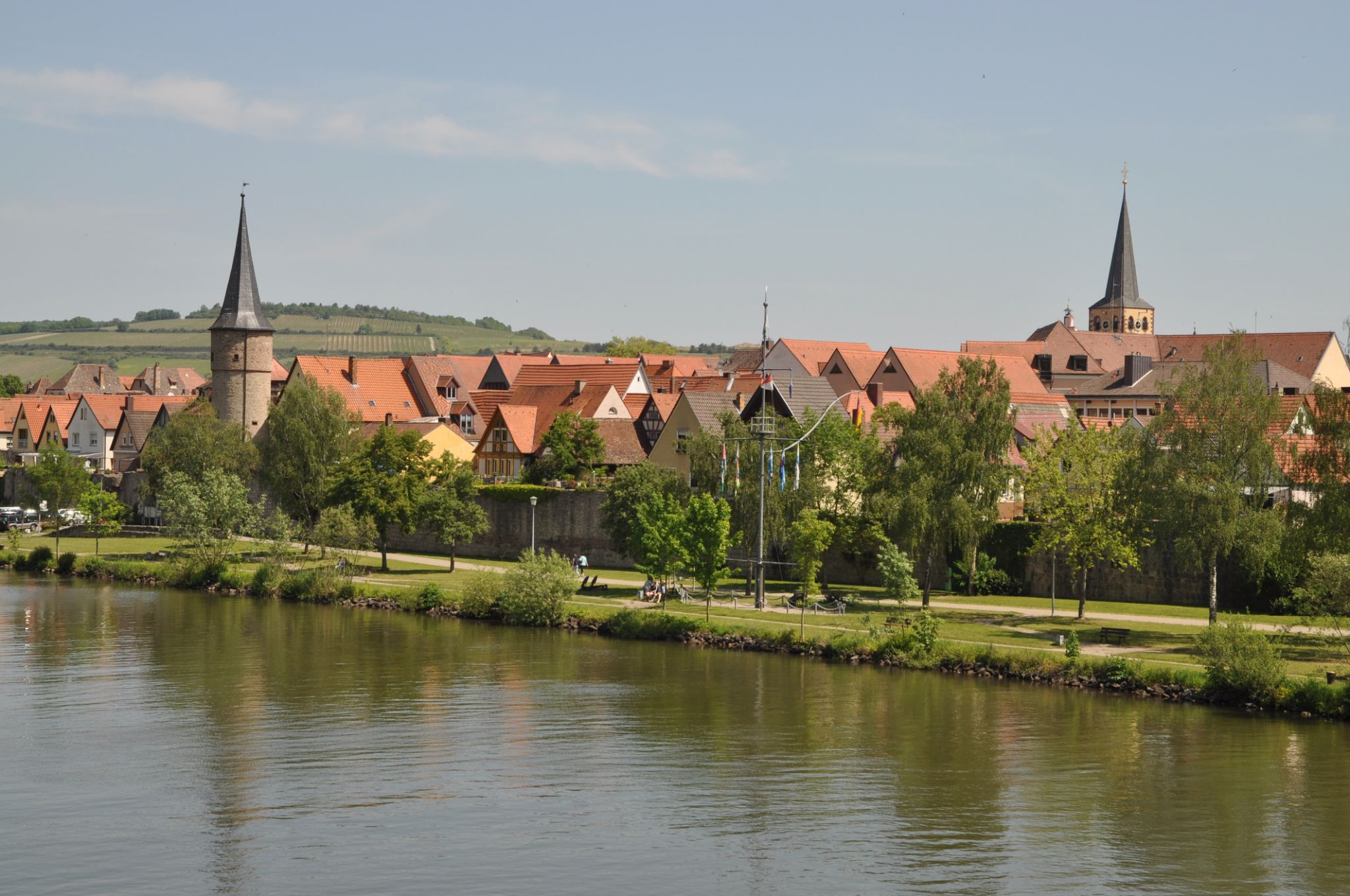 Dzień 10: 13:00-13:30
Dzień 10: 13:00-13:30Karlstadt / Niemcy
-
 Dzień 10: 17:00-17:30
Dzień 10: 17:00-17:30Würzburg / Niemcy
Würzburg to historyczne miasto położone nad rzeką Men w południowych Niemczech, znane ze swojego dziedzictwa kulturowego i malowniczych krajobrazów. Miasto zostało założone jeszcze w czasach rzymskich, a jego bogata historia odzwierciedla się w architekturze i zabytkach. Jedną z głównych atrakcji jest Rezydencja w Würzburgu, niegdyś rezydencja książąt-biskupów, wpisana na Listę Światowego Dziedzictwa UNESCO. Ten wspaniały budynek w stylu barokowym, z luksusowymi wnętrzami i pięknymi ogrodami, przyciąga turystów z całego świata. Dodatkowo miasto słynie ze swoich starożytnych fortec, takich jak Käpelsburg, z której roztacza się zapierający dech widok na miasto i rzekę.
Würzburg jest również centrum winiarskim, a region wokół miasta słynie z winnic, w których produkowany jest znany riesling. Miasto oferuje wiele przytulnych barów winiarskich i restauracji, w których turyści mogą delektować się lokalnymi winami. Würzburg jest idealnym miejscem dla tych, którzy cenią historię, architekturę i przyjemności gastronomiczne, a także dla tych, którzy chcą poczuć spokojną atmosferę małego miasta z bogatymi tradycjami kulturalnymi.
-
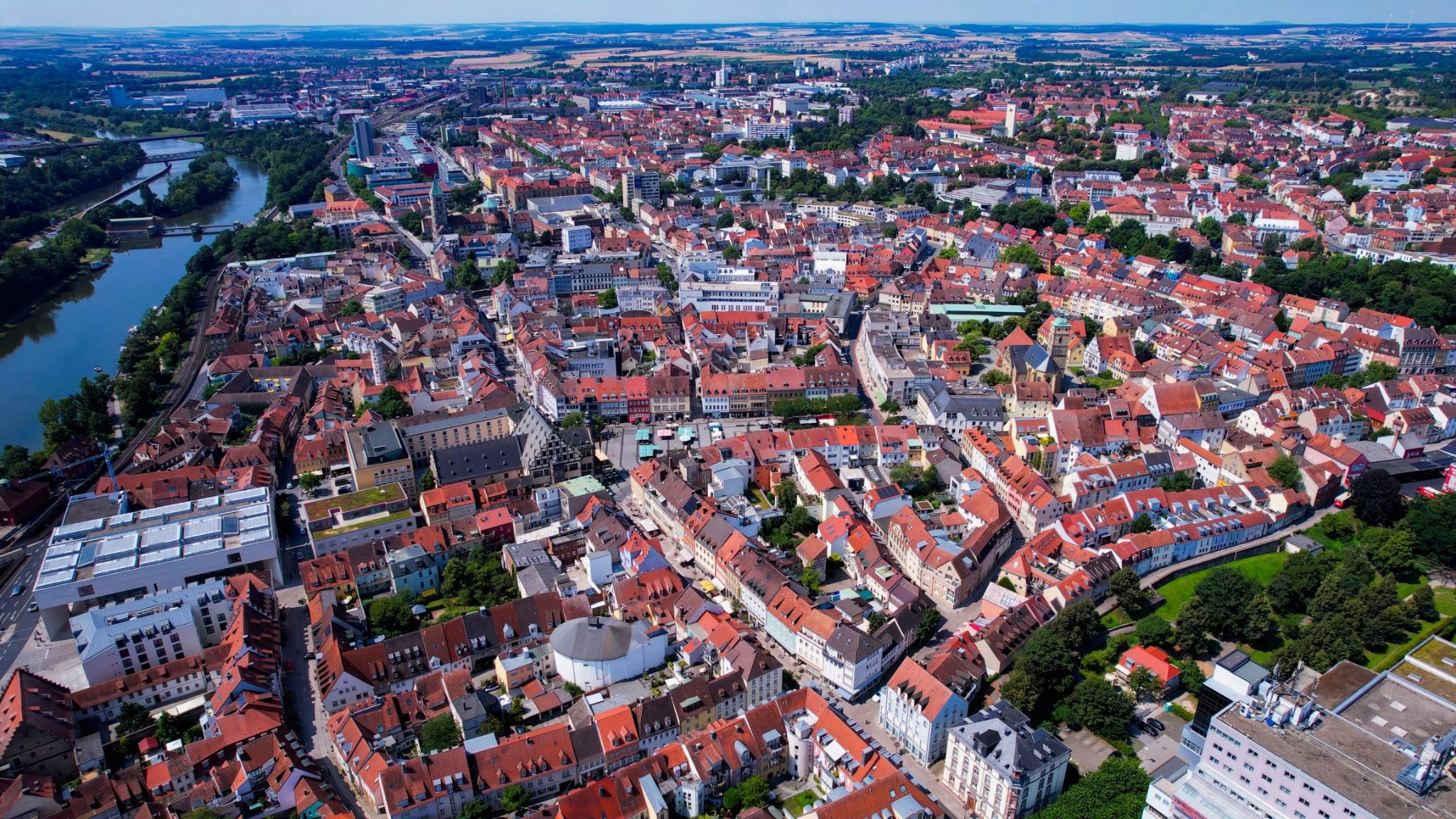 Dzień 11: 07:00-13:00
Dzień 11: 07:00-13:00Schweinfurt / Niemcy
Schweinfurt to przemysłowe miasto w północnej Bawarii, położone nad rzeką Men. Historycznie odegrało kluczową rolę w rozwoju niemieckiego przemysłu łożysk kulkowych i inżynierii: to właśnie tutaj w XIX wieku powstały takie firmy jak Kugelfischer i SKF. Mimo przemysłowego charakteru, miasto zachowało historyczny urok — starówka z przytulnymi placami, gotyckimi kościołami i pozostałościami średniowiecznych murów nadaje mu niepowtarzalną atmosferę.
Dziś Schweinfurt łączy dziedzictwo techniczne z nowoczesnym życiem kulturalnym. W mieście znajduje się kilka interesujących muzeów, w tym Muzeum Georga Schäfera z imponującą kolekcją niemieckiej sztuki XX wieku. Dla podróżnych to może być nieoczekiwane odkrycie: bez tłumów turystów, ale z autentycznym smakiem Bawarii — jej dumą inżynieryjną, lokalną kuchnią i gościnną atmosferą.
-
 Dzień 11: 21:00
Dzień 11: 21:00Bamberg / Niemcy
Położone na siedmiu wzgórzach Górnej Frankonii, to miasto urzeka średniowiecznym urokiem, domami z muru pruskiego i krętymi brukowanymi uliczkami. Bamberg, wpisany na listę światowego dziedzictwa UNESCO, szczyci się ponad tysiącem zachowanych budynków, w tym ikonicznym Starym Ratuszem, który zdaje się unosić nad rzeką Regnitz. Dzielnica "Mała Wenecja" z rybackimi domami z XVII wieku wzdłuż brzegów rzeki przypomina swoje włoskie imienniczki.
Bamberg słynie również z unikalnego piwa wędzonego, czyli Rauchbier, tradycji pielęgnowanej przez browary takie jak Schlenkerla od 1405 roku. Ten wyjątkowy trunek, wytwarzany przez suszenie słodu nad ogniem z drewna bukowego, nadaje mu dymny smak, który doskonale komponuje się z sycącą kuchnią regionalną. Czy to zwiedzając historyczne katedry, ciesząc się przejażdżką gondolą po kanałach, czy delektując się lokalnymi specjałami, Bamberg oferuje niezapomniane wrażenia.
-
 Dzień 12: 02:00
Dzień 12: 02:00Bamberg / Niemcy
Położone na siedmiu wzgórzach Górnej Frankonii, to miasto urzeka średniowiecznym urokiem, domami z muru pruskiego i krętymi brukowanymi uliczkami. Bamberg, wpisany na listę światowego dziedzictwa UNESCO, szczyci się ponad tysiącem zachowanych budynków, w tym ikonicznym Starym Ratuszem, który zdaje się unosić nad rzeką Regnitz. Dzielnica "Mała Wenecja" z rybackimi domami z XVII wieku wzdłuż brzegów rzeki przypomina swoje włoskie imienniczki.
Bamberg słynie również z unikalnego piwa wędzonego, czyli Rauchbier, tradycji pielęgnowanej przez browary takie jak Schlenkerla od 1405 roku. Ten wyjątkowy trunek, wytwarzany przez suszenie słodu nad ogniem z drewna bukowego, nadaje mu dymny smak, który doskonale komponuje się z sycącą kuchnią regionalną. Czy to zwiedzając historyczne katedry, ciesząc się przejażdżką gondolą po kanałach, czy delektując się lokalnymi specjałami, Bamberg oferuje niezapomniane wrażenia.
-
 Dzień 12: 13:00-17:00
Dzień 12: 13:00-17:00Norymberga / Niemcy
Norymberga to historyczne miasto na południu Niemiec, położone w Bawarii. Znane jest z atmosfery średniowiecza oraz jako centrum niemieckiej kultury i historii. Miasto stało się ważnym centrum handlowym i kulturalnym już w średniowieczu, a dziś jego historyczne centrum przyciąga turystów z całego świata. Jedną z głównych atrakcji jest Zamek Norymberski, który wznosi się nad miastem i oferuje zapierający dech widok na jego ulice i place. Warto również wspomnieć o słynnym rynku, na którym można kupić unikalne towary oraz spróbować tradycyjnych niemieckich dań.
Norymberga ma także istotne znaczenie w historii świata, ponieważ to właśnie tutaj po II wojnie światowej odbyły się procesy norymberskie. Dziś miasto zachowuje pamięć o tym okresie, posiadając liczne muzea i pomniki poświęcone tym wydarzeniom. Ponadto Norymberga jest ważnym centrum kulturalnym, w którym regularnie odbywają się festiwale teatralne, muzyczne i artystyczne. To miasto jest idealnym miejscem dla tych, którzy chcą cieszyć się połączeniem starożytnej historii, współczesnej kultury i unikalnej atmosfery Bawarii.
-
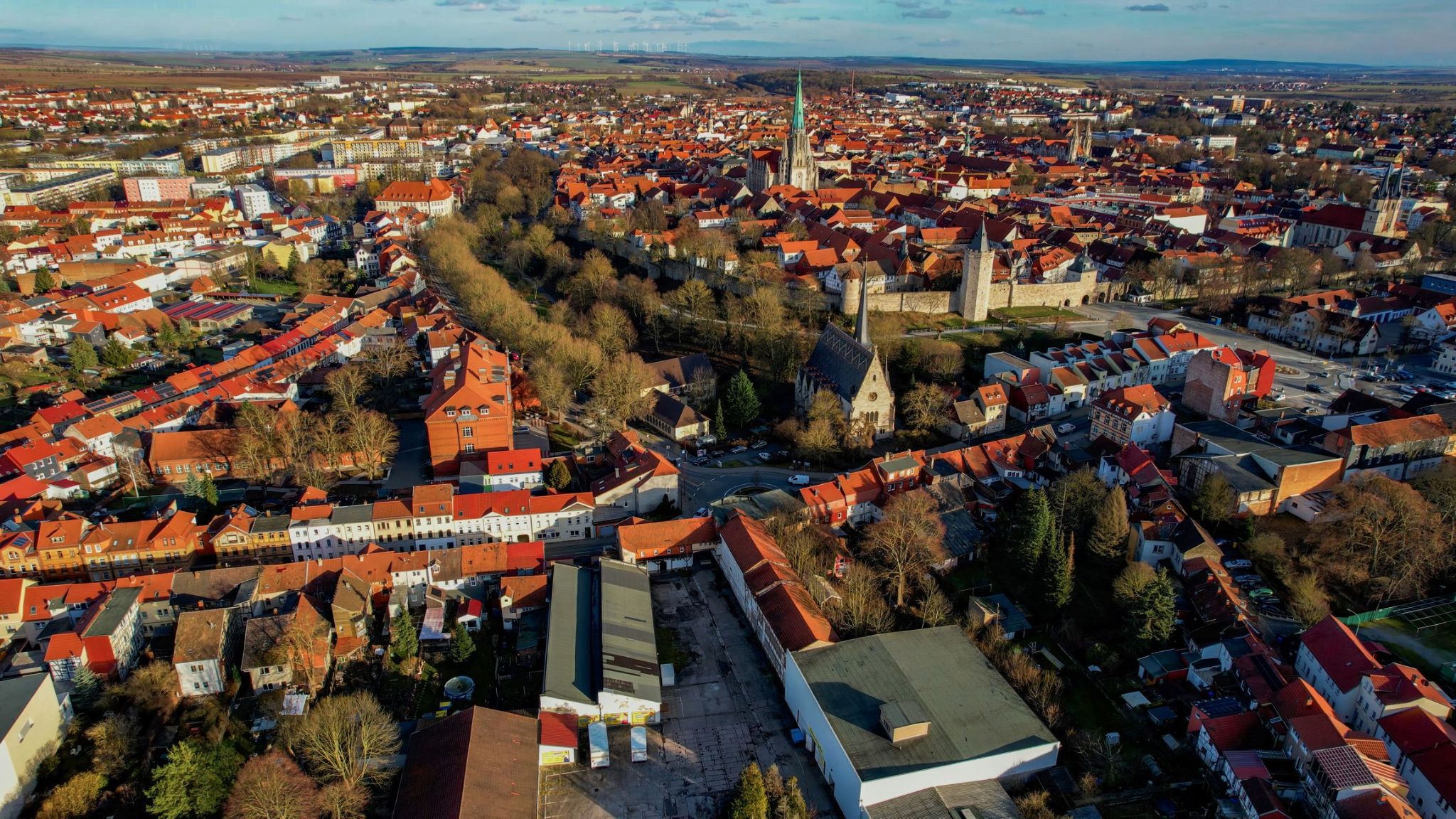 Dzień 12: 23:00
Dzień 12: 23:00Mühlhausen / Niemcy
Mühlhausen to małe miasto położone w centralnej części Niemiec, w landzie Turyngia. Jego historia sięga średniowiecza, a miasto jest znane z licznych zabytków kulturowych i architektonicznych. Do głównych atrakcji Mühlhausen należy zabytkowy ratusz, a także liczne kościoły, w tym kościół św. Jakuba z pięknymi witrażami. Mühlhausen słynie również ze swojego urokliwego historycznego centrum, w którym zachowały się budynki reprezentujące różne style architektoniczne.
Oprócz atrakcji kulturowych, miasto przyciąga turystów swoją naturalną urodą. W okolicach Mühlhausen znajdują się malownicze lasy i wzgórza, które idealnie nadają się do pieszych wędrówek i aktywnego wypoczynku. Miasto jest także znane ze swoich tradycji i festiwali, które odbywają się przez cały rok. Turyści mogą poczuć atmosferę małego niemieckiego miasteczka z jego ciepłą gościnnością i bogatym dziedzictwem kulturowym.
-
 Dzień 13: 05:30
Dzień 13: 05:30Mühlhausen / Niemcy
Mühlhausen to małe miasto położone w centralnej części Niemiec, w landzie Turyngia. Jego historia sięga średniowiecza, a miasto jest znane z licznych zabytków kulturowych i architektonicznych. Do głównych atrakcji Mühlhausen należy zabytkowy ratusz, a także liczne kościoły, w tym kościół św. Jakuba z pięknymi witrażami. Mühlhausen słynie również ze swojego urokliwego historycznego centrum, w którym zachowały się budynki reprezentujące różne style architektoniczne.
Oprócz atrakcji kulturowych, miasto przyciąga turystów swoją naturalną urodą. W okolicach Mühlhausen znajdują się malownicze lasy i wzgórza, które idealnie nadają się do pieszych wędrówek i aktywnego wypoczynku. Miasto jest także znane ze swoich tradycji i festiwali, które odbywają się przez cały rok. Turyści mogą poczuć atmosferę małego niemieckiego miasteczka z jego ciepłą gościnnością i bogatym dziedzictwem kulturowym.
-
 Dzień 13: 13:00-13:30
Dzień 13: 13:00-13:30Kelheim / Niemcy
-
 Dzień 13: 17:00-23:00
Dzień 13: 17:00-23:00Ratyzbona / Niemcy
-
 Dzień 14: 10:00-16:00
Dzień 14: 10:00-16:00Passau / Niemcy
-
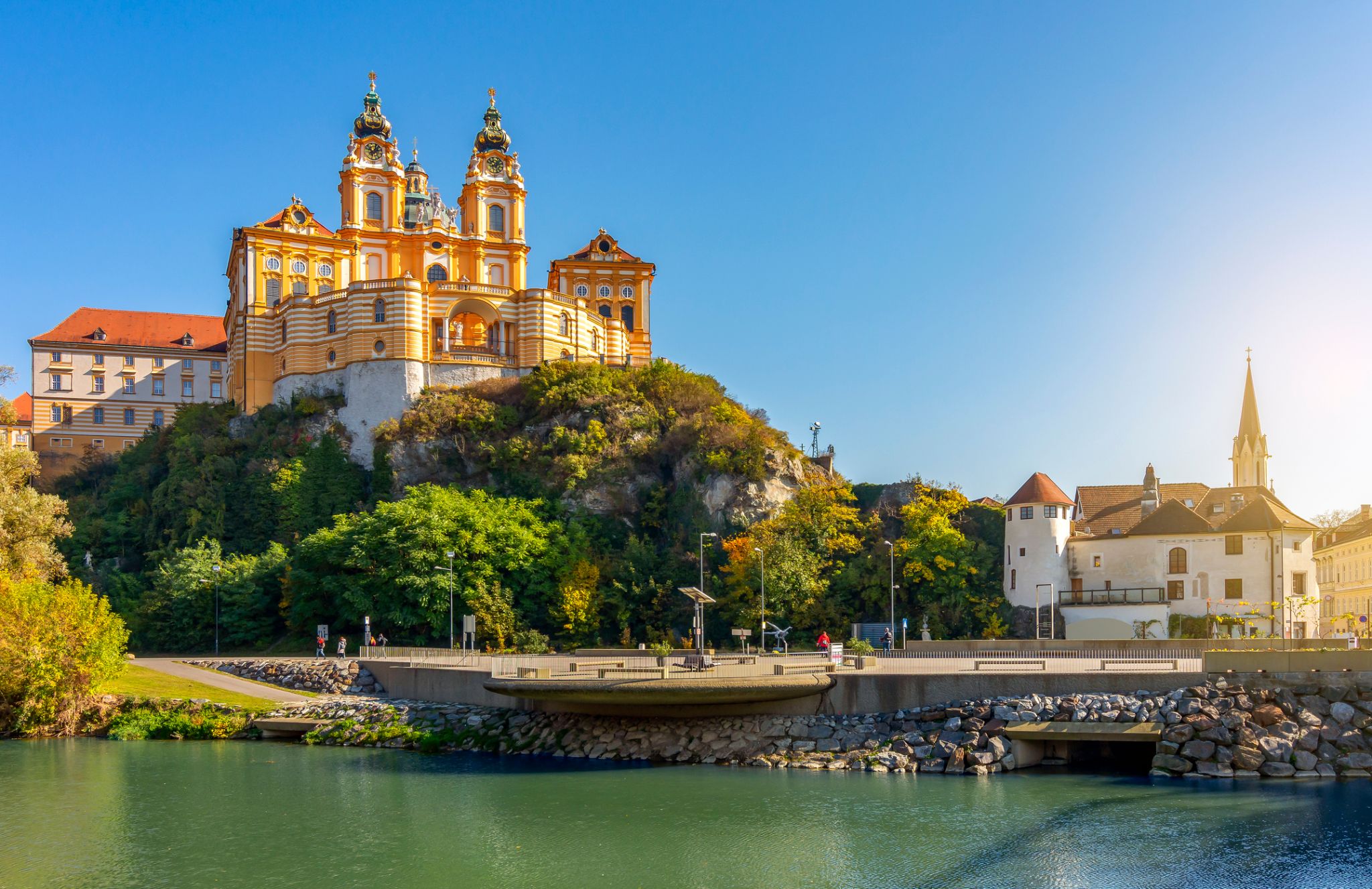 Dzień 15: 10:00-04:00
Dzień 15: 10:00-04:00Melk / Austria
Melk is a city of Austria, in the federal state of Lower Austria, next to the Wachau valley along the Danube. Melk has a population of 5,257 (as of 2012). It is best known as the site of a massive baroque Benedictine monastery named Melk Abbey.
The town is first mentioned as Medilica in 831 in a donation of Louis the German; the name is from a Slavic word for 'border.' The area around Melk was given to Leopold I, Margrave of Austria, in the year 976 to serve as a buffer between the Magyars to east and Bavaria to the west. In 996 mention was first made of an area known as Ostarrîchi, which is the origin of the word Österreich (German for Austria). The bluff which holds the current monastery held a Babenberger castle until the site was given to Benedictine monks from nearby Lambach by Leopold II, in 1089. Melk received market rights in 1227 and became a municipality in 1898. In a very small area, Melk presents a great deal of architectural variety from many centuries.
-
 Dzień 15: 15:30-13:30
Dzień 15: 15:30-13:30Dürnstein / Austria
-
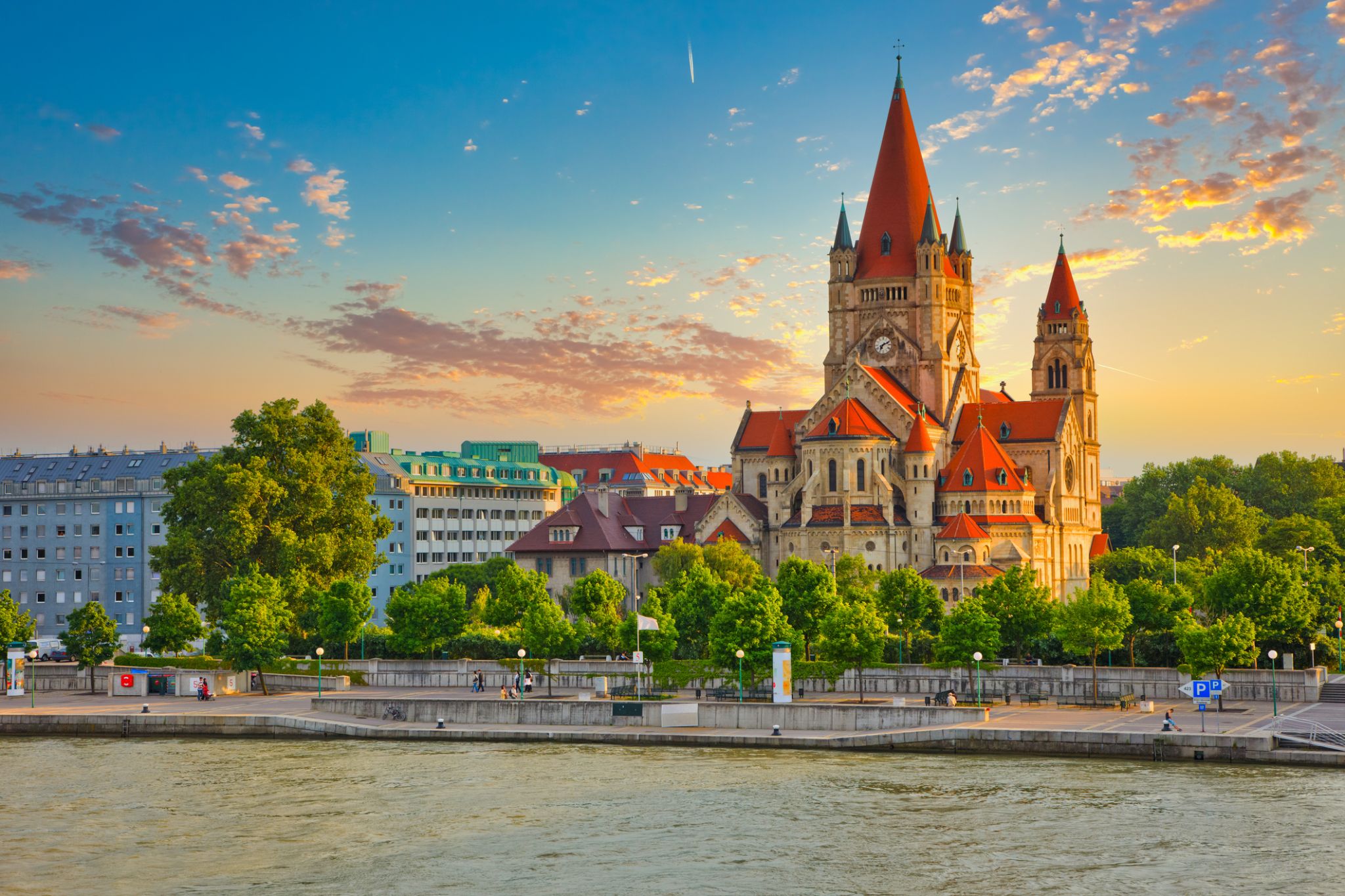 Dzień 15: 20:30
Dzień 15: 20:30Żyła / Austria
Vienna is the federal capital and largest city of Austria, and one of the nine states of Austria. Vienna is Austria's primate city, with a population of about 1.9 million (2.6 million within the metropolitan area, nearly one third of Austria's population), and its cultural, economic, and political centre. It is the 7th-largest city by population within city limits in the European Union. Until the beginning of the 20th century, it was the largest German-speaking city in the world, and before the splitting of the Austro-Hungarian Empire in World War I, the city had 2 million inhabitants. Today, it has the second largest number of German speakers after Berlin.Vienna is host to many major international organizations, including the United Nations and OPEC. The city is located in the eastern part of Austria and is close to the borders of the Czech Republic, Slovakia, and Hungary. These regions work together in a European Centrope border region. Along with nearby Bratislava, Vienna forms a metropolitan region with 3 million inhabitants. In 2001, the city centre was designated a UNESCO World Heritage Site. In July 2017 it was moved to the list of World Heritage in Danger.
Apart from being regarded as the City of Music[ because of its musical legacy, Vienna is also said to be "The City of Dreams" because it was home to the world's first psychoanalyst – Sigmund Freud. The city's roots lie in early Celticand Roman settlements that transformed into a Medieval and Baroque city, and then the capital of the Austro-Hungarian Empire. It is well known for having played an essential role as a leading European music centre, from the great age of Viennese Classicism through the early part of the 20th century. The historic centre of Vienna is rich in architectural ensembles, including Baroque castles and gardens, and the late-19th-century Ringstraße lined with grand buildings, monuments and parks.
Vienna is known for its high quality of life. In a 2005 study of 127 world cities, the Economist Intelligence Unit ranked the city first (in a tie with Vancouver and San Francisco) for the world's most liveable cities. Between 2011 and 2015, Vienna was ranked second, behind Melbourne. In 2018, it replaced Melbourne as the number one spot. For eight consecutive years (2009–2016), the human-resource-consulting firm Mercer ranked Vienna first in its annual "Quality of Living" survey of hundreds of cities around the world, a title the city still held in 2016. Monocle's 2015 "Quality of Life Survey" ranked Vienna second on a list of the top 25 cities in the world "to make a base within."
The UN-Habitat classified Vienna as the most prosperous city in the world in 2012/2013. The city was ranked 1st globally for its culture of innovation in 2007 and 2008, and sixth globally (out of 256 cities) in the 2014 Innovation Cities Index, which analyzed 162 indicators in covering three areas: culture, infrastructure, and markets. Vienna regularly hosts urban planning conferences and is often used as a case study by urban planners.
Between 2005 and 2010, Vienna was the world's number-one destination for international congresses and conventions. It attracts over 6.8 million tourists a year.
-
 Dzień 16: 18:30
Dzień 16: 18:30Żyła / Austria
Vienna is the federal capital and largest city of Austria, and one of the nine states of Austria. Vienna is Austria's primate city, with a population of about 1.9 million (2.6 million within the metropolitan area, nearly one third of Austria's population), and its cultural, economic, and political centre. It is the 7th-largest city by population within city limits in the European Union. Until the beginning of the 20th century, it was the largest German-speaking city in the world, and before the splitting of the Austro-Hungarian Empire in World War I, the city had 2 million inhabitants. Today, it has the second largest number of German speakers after Berlin.Vienna is host to many major international organizations, including the United Nations and OPEC. The city is located in the eastern part of Austria and is close to the borders of the Czech Republic, Slovakia, and Hungary. These regions work together in a European Centrope border region. Along with nearby Bratislava, Vienna forms a metropolitan region with 3 million inhabitants. In 2001, the city centre was designated a UNESCO World Heritage Site. In July 2017 it was moved to the list of World Heritage in Danger.
Apart from being regarded as the City of Music[ because of its musical legacy, Vienna is also said to be "The City of Dreams" because it was home to the world's first psychoanalyst – Sigmund Freud. The city's roots lie in early Celticand Roman settlements that transformed into a Medieval and Baroque city, and then the capital of the Austro-Hungarian Empire. It is well known for having played an essential role as a leading European music centre, from the great age of Viennese Classicism through the early part of the 20th century. The historic centre of Vienna is rich in architectural ensembles, including Baroque castles and gardens, and the late-19th-century Ringstraße lined with grand buildings, monuments and parks.
Vienna is known for its high quality of life. In a 2005 study of 127 world cities, the Economist Intelligence Unit ranked the city first (in a tie with Vancouver and San Francisco) for the world's most liveable cities. Between 2011 and 2015, Vienna was ranked second, behind Melbourne. In 2018, it replaced Melbourne as the number one spot. For eight consecutive years (2009–2016), the human-resource-consulting firm Mercer ranked Vienna first in its annual "Quality of Living" survey of hundreds of cities around the world, a title the city still held in 2016. Monocle's 2015 "Quality of Life Survey" ranked Vienna second on a list of the top 25 cities in the world "to make a base within."
The UN-Habitat classified Vienna as the most prosperous city in the world in 2012/2013. The city was ranked 1st globally for its culture of innovation in 2007 and 2008, and sixth globally (out of 256 cities) in the 2014 Innovation Cities Index, which analyzed 162 indicators in covering three areas: culture, infrastructure, and markets. Vienna regularly hosts urban planning conferences and is often used as a case study by urban planners.
Between 2005 and 2010, Vienna was the world's number-one destination for international congresses and conventions. It attracts over 6.8 million tourists a year.
-
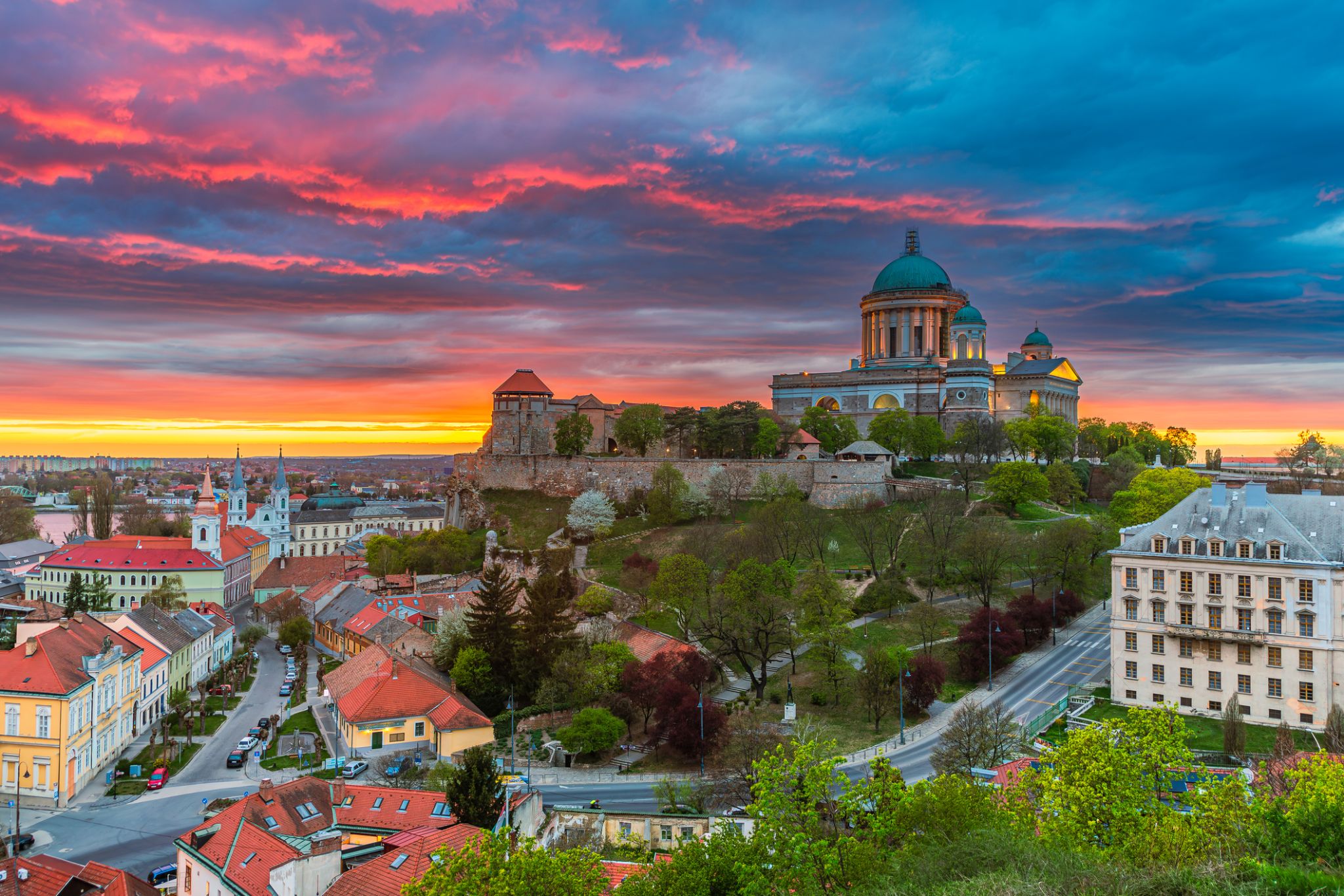 Dzień 17: 06:00-12:00
Dzień 17: 06:00-12:00Esther / Węgry
Esztergom is a city in northern Hungary, 46 kilometres (29 miles) northwest of the capital Budapest. It lies in Komárom-Esztergom county, on the right bank of the river Danube, which forms the border with Slovakia there.
Esztergom was the capital of Hungary from the 10th till the mid-13th century when King Béla IV of Hungary moved the royal seat to Buda.
Esztergom is the seat of the prímás (see Primate) of the Roman Catholic Church in Hungary, and the former seat of the Constitutional Court of Hungary. The city has the Keresztény Múzeum, the largest ecclesiastical collection in Hungary. Its cathedral, Esztergom Basilica is the largest church in Hungary.
-
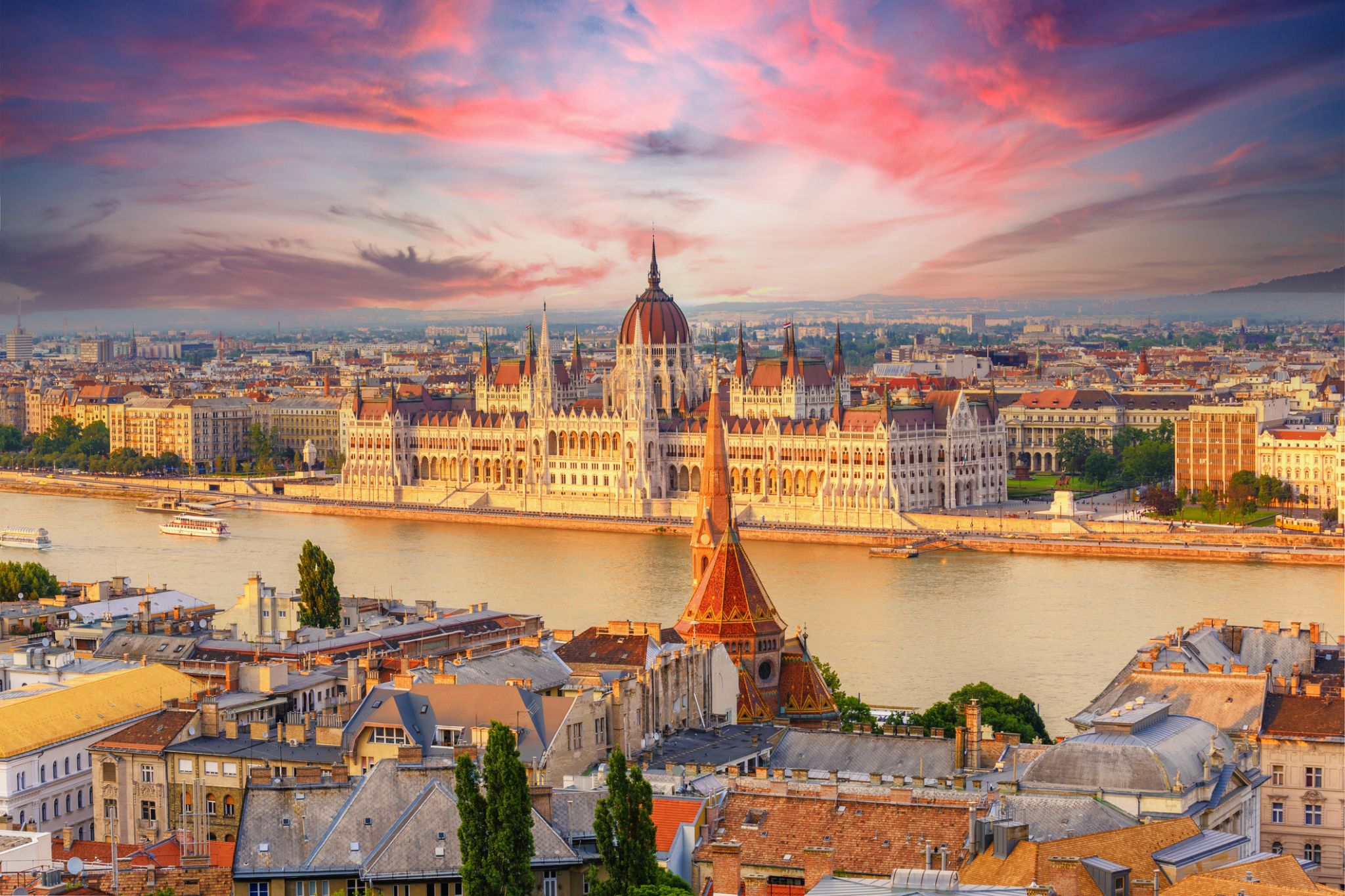 Dzień 17: 16:00
Dzień 17: 16:00Budapeszt / Węgry
the capital of Hungary, in the northern central part of the country; population 1,712,210 (2009). It was formed in 1873 by the union of the city of Buda on the right bank of the Danube River with the city of Pest on the left.
-
 Dzień 18:
Dzień 18:Budapeszt / Węgry
the capital of Hungary, in the northern central part of the country; population 1,712,210 (2009). It was formed in 1873 by the union of the city of Buda on the right bank of the Danube River with the city of Pest on the left.
-
 Dzień 19: 09:00
Dzień 19: 09:00Budapeszt / Węgry
the capital of Hungary, in the northern central part of the country; population 1,712,210 (2009). It was formed in 1873 by the union of the city of Buda on the right bank of the Danube River with the city of Pest on the left.

